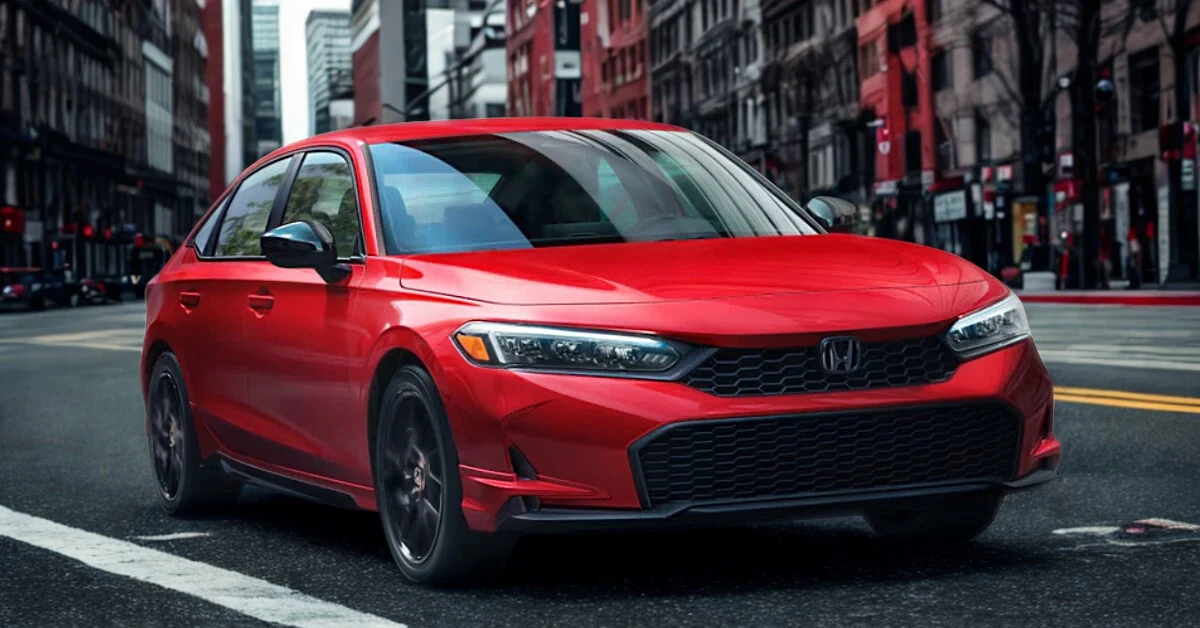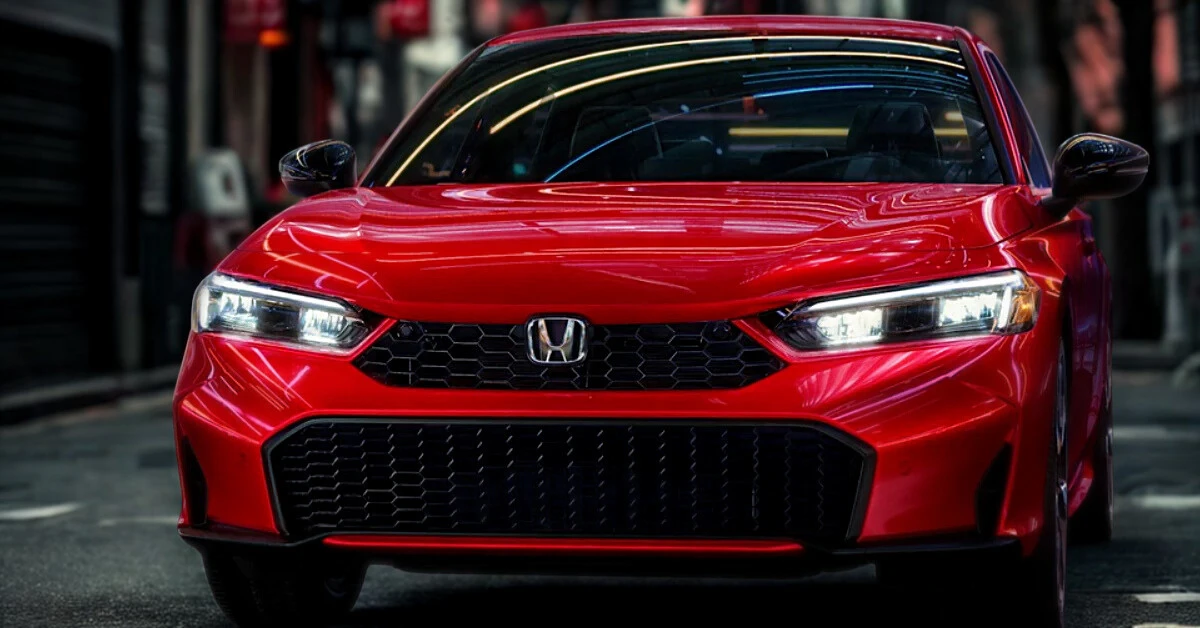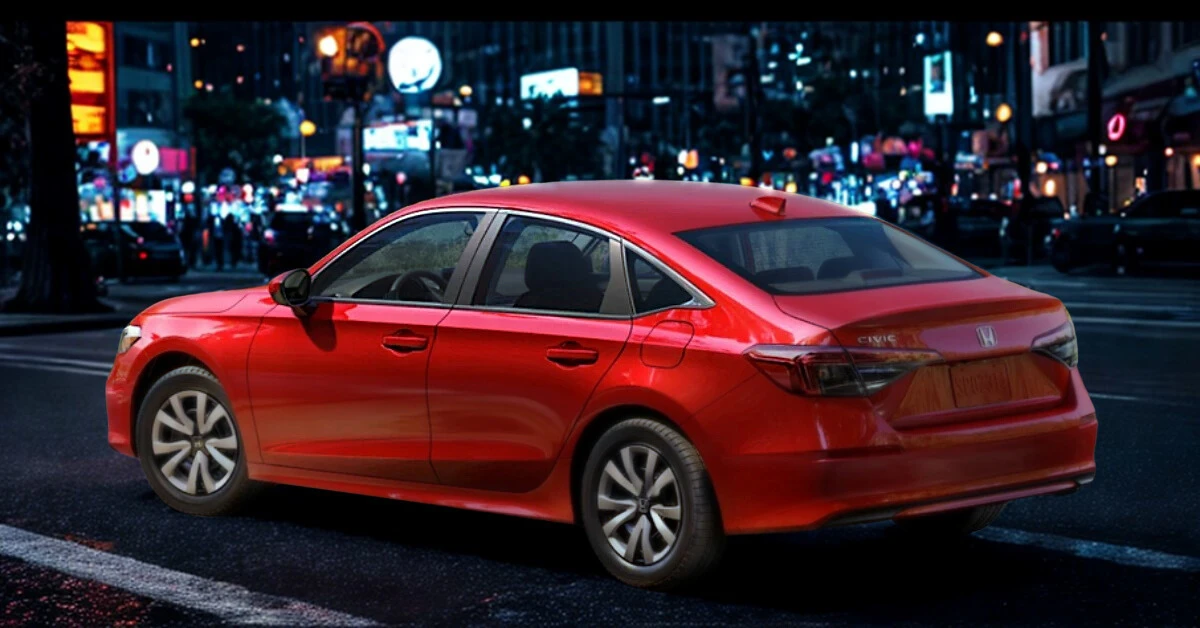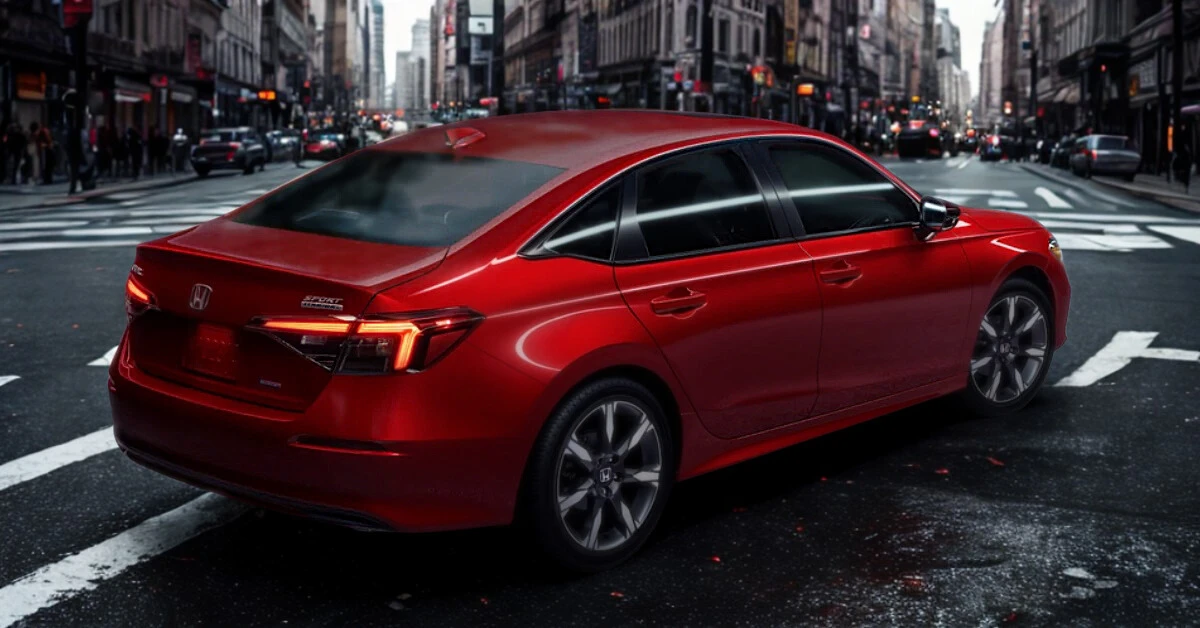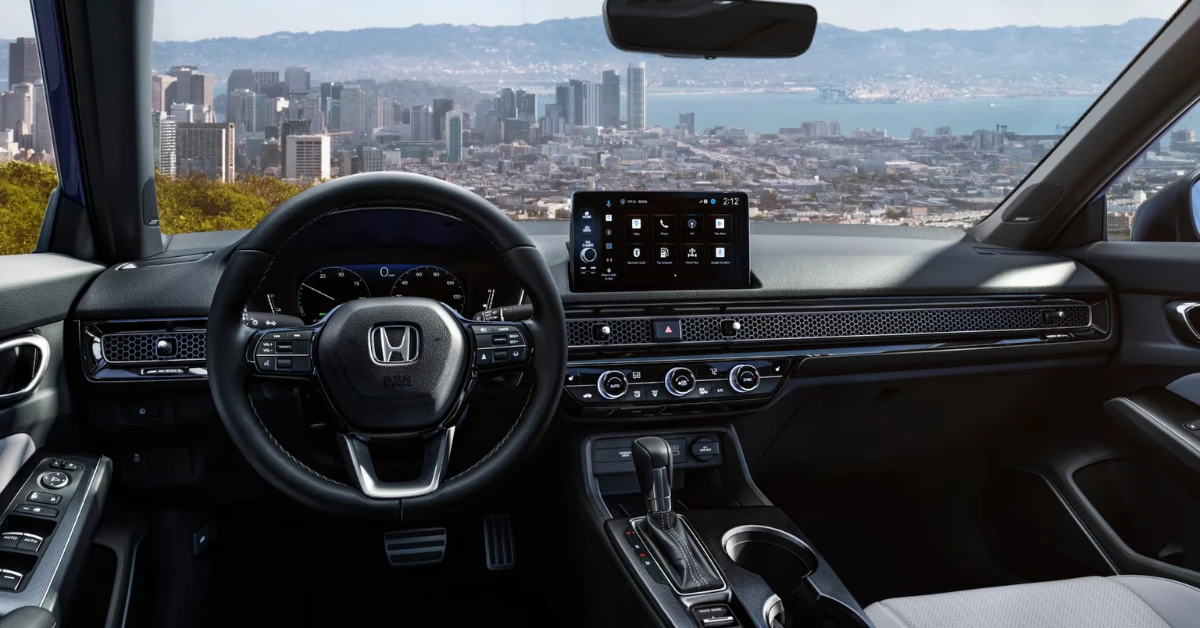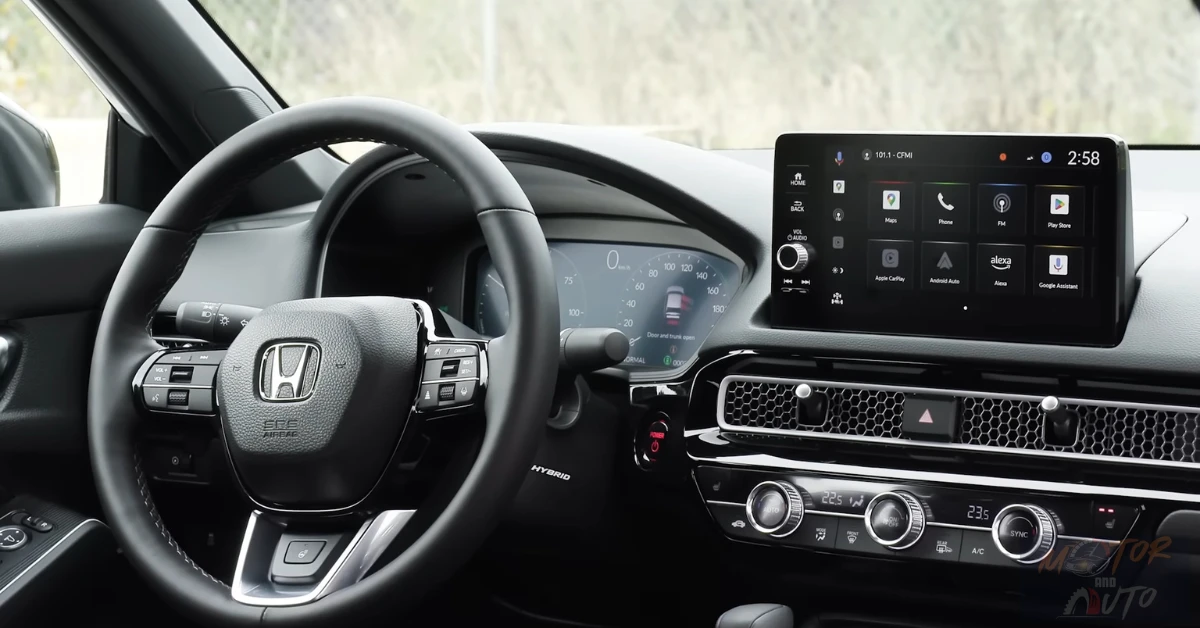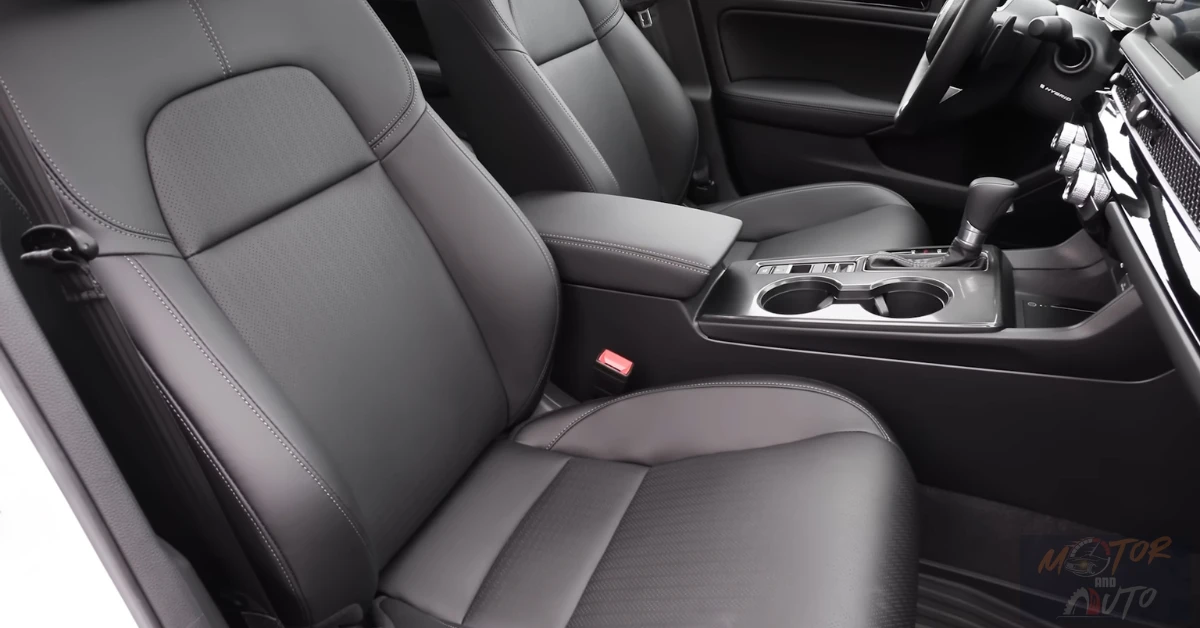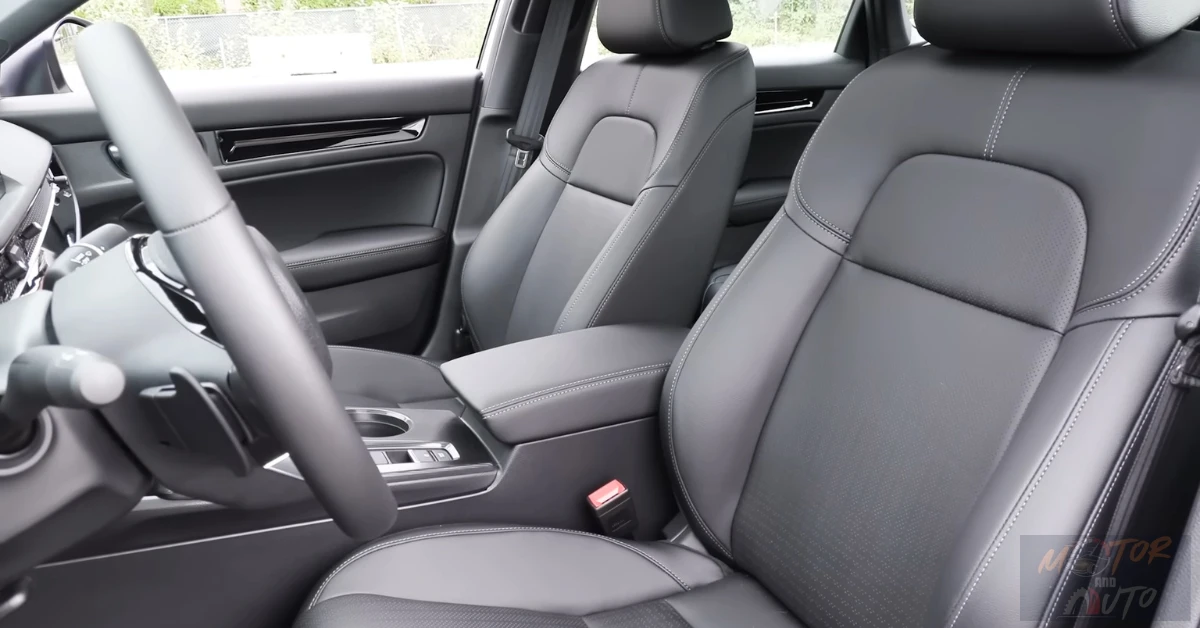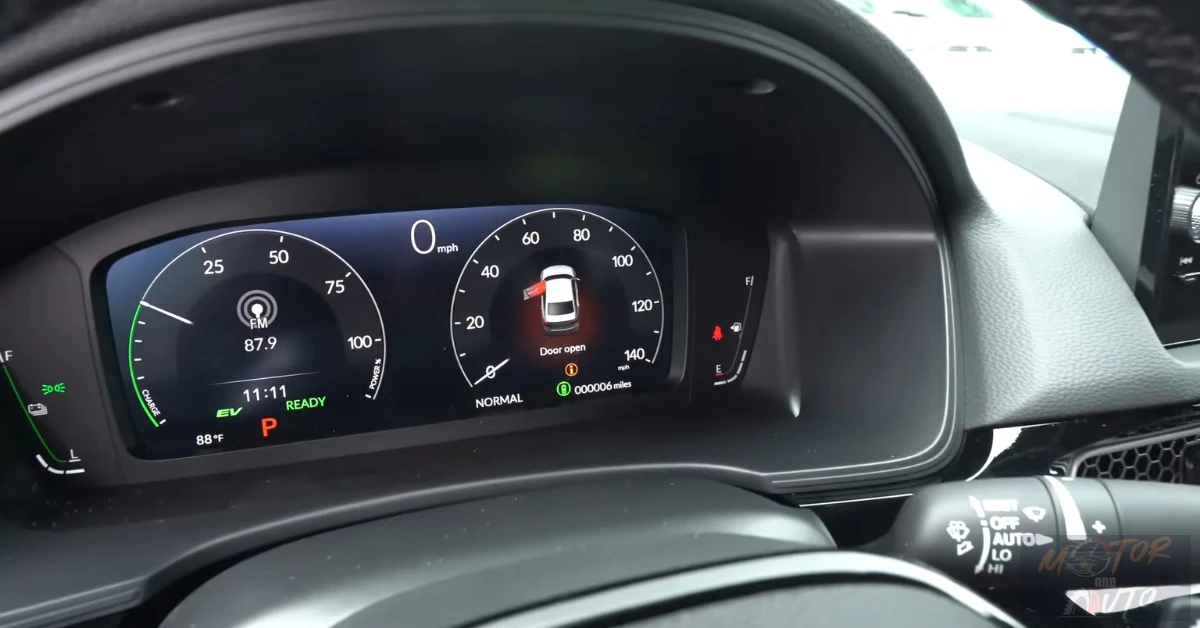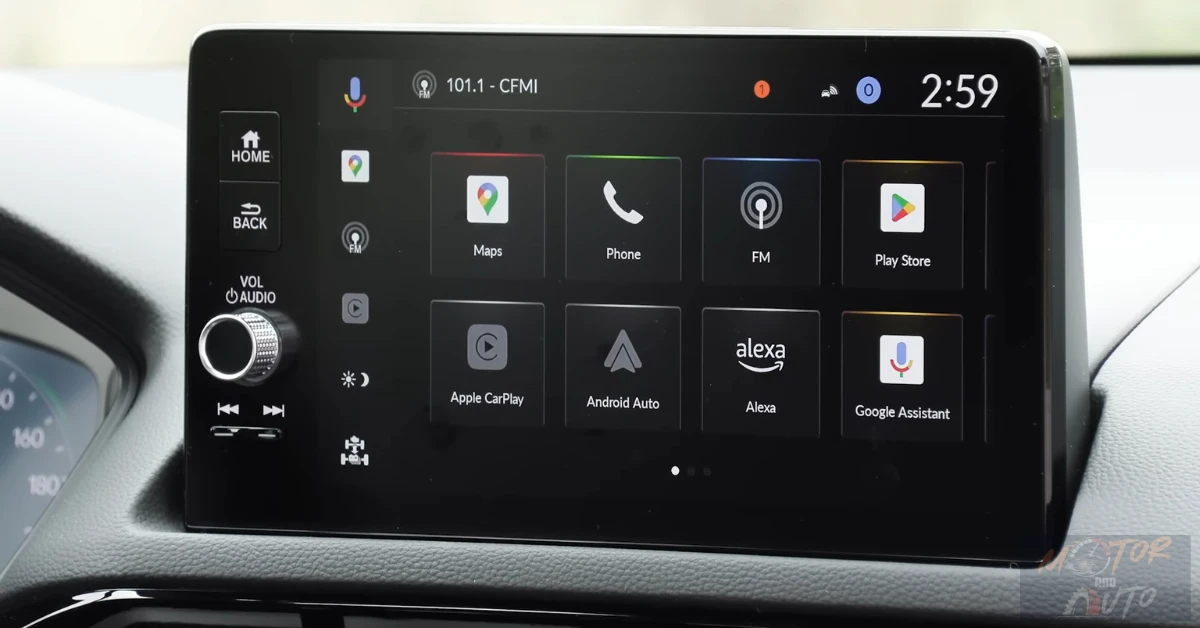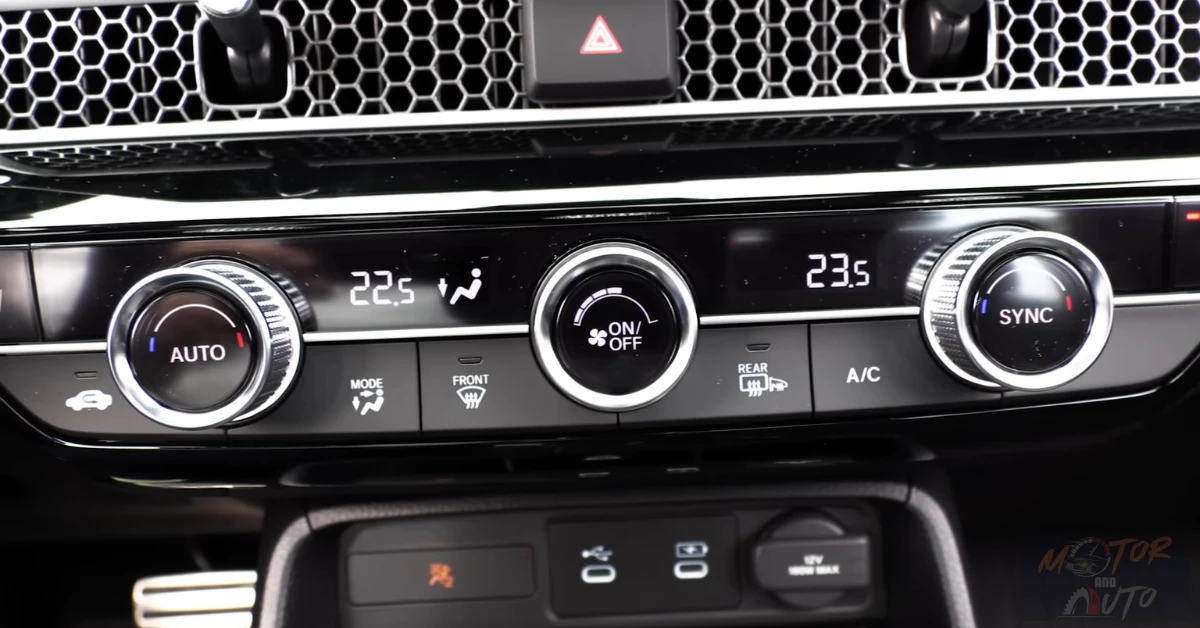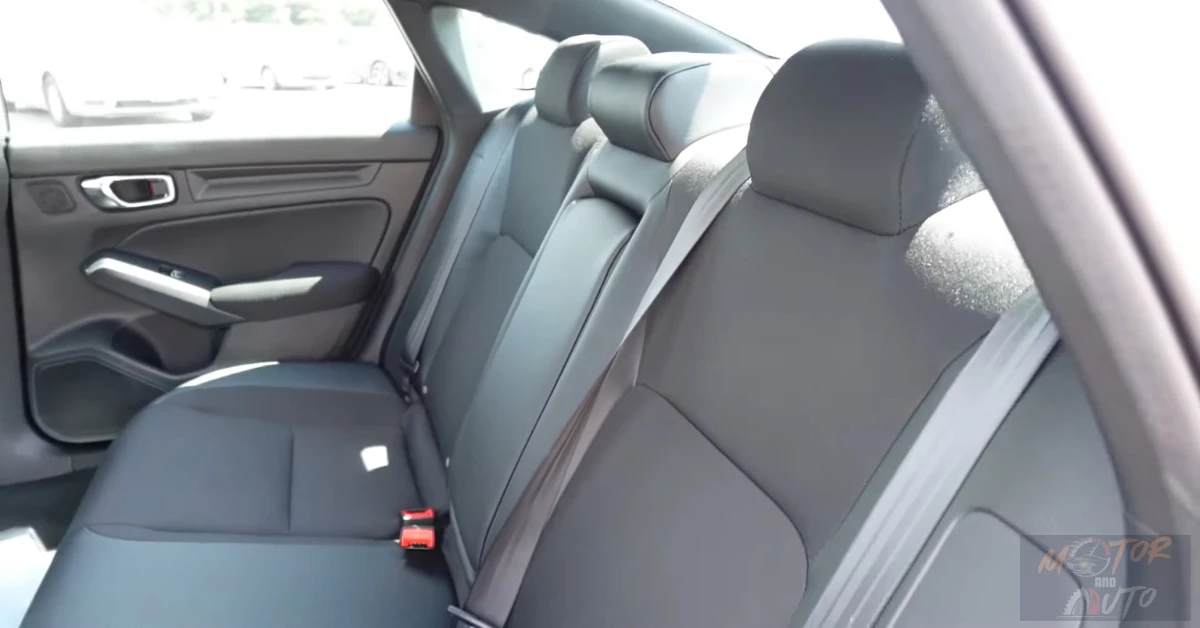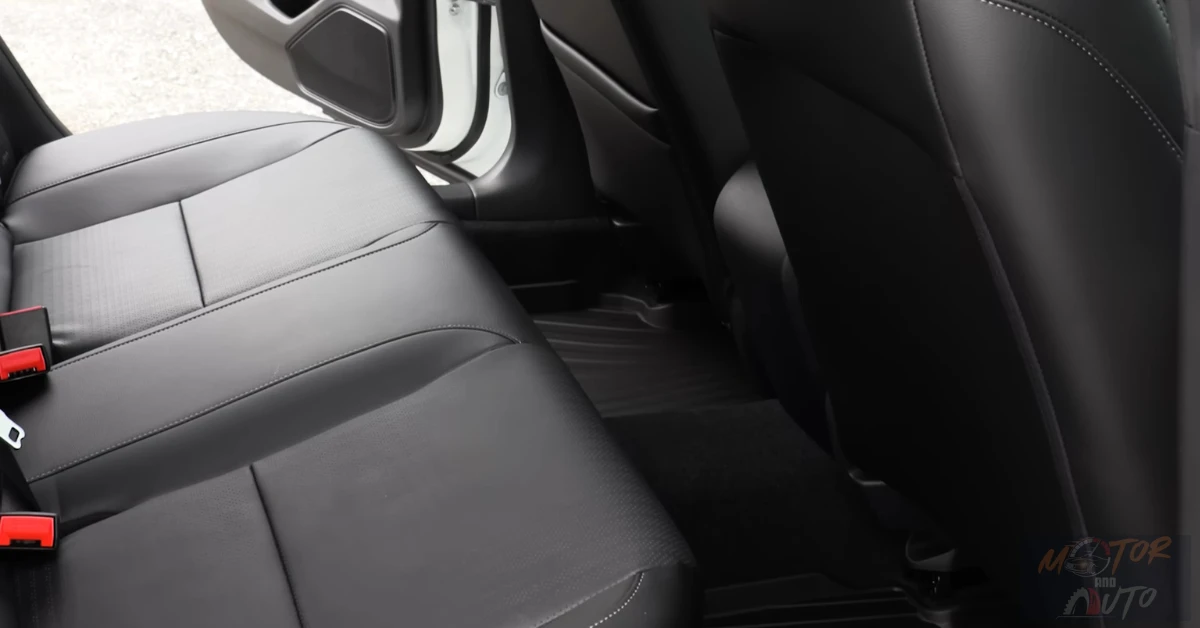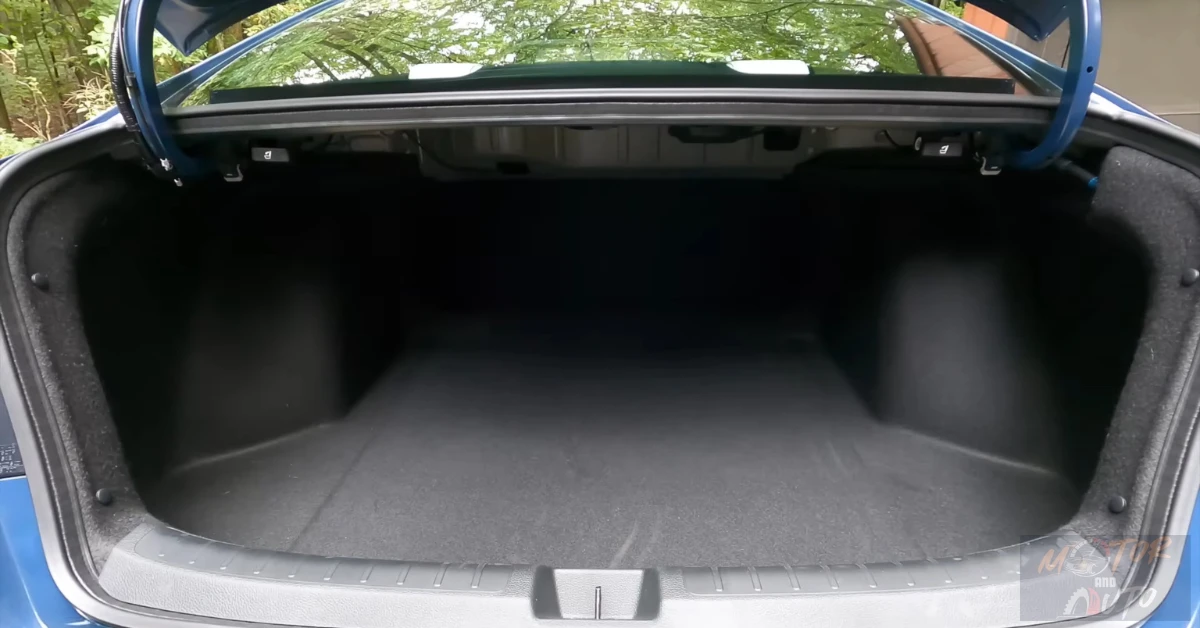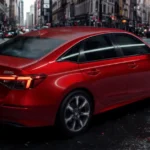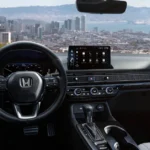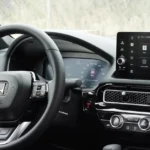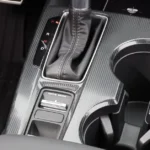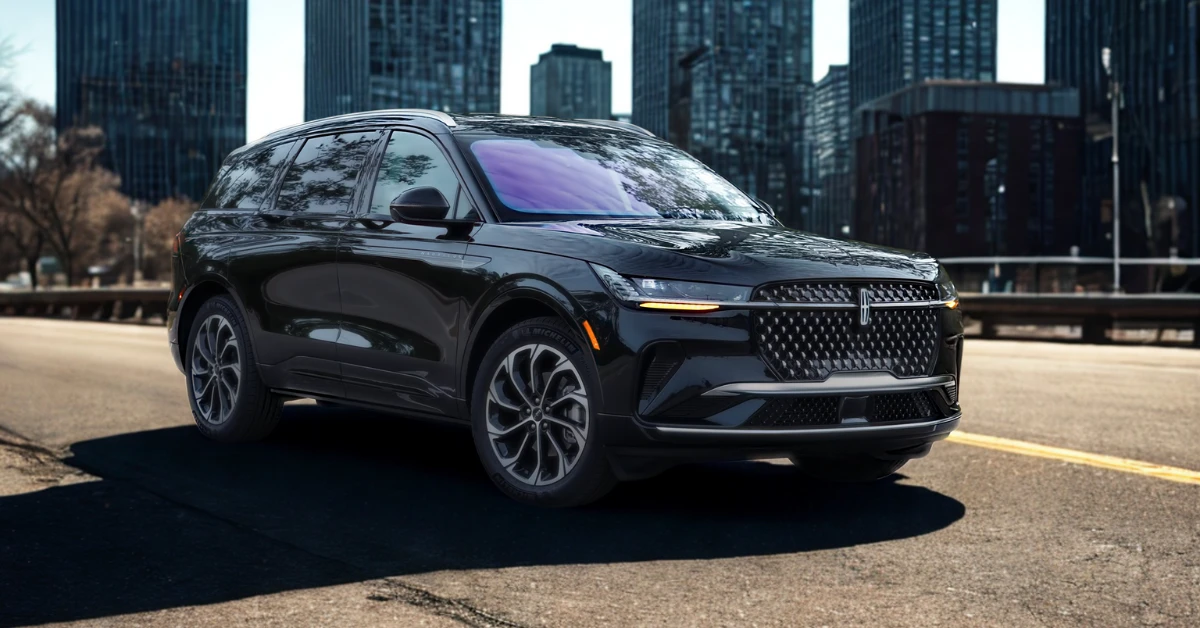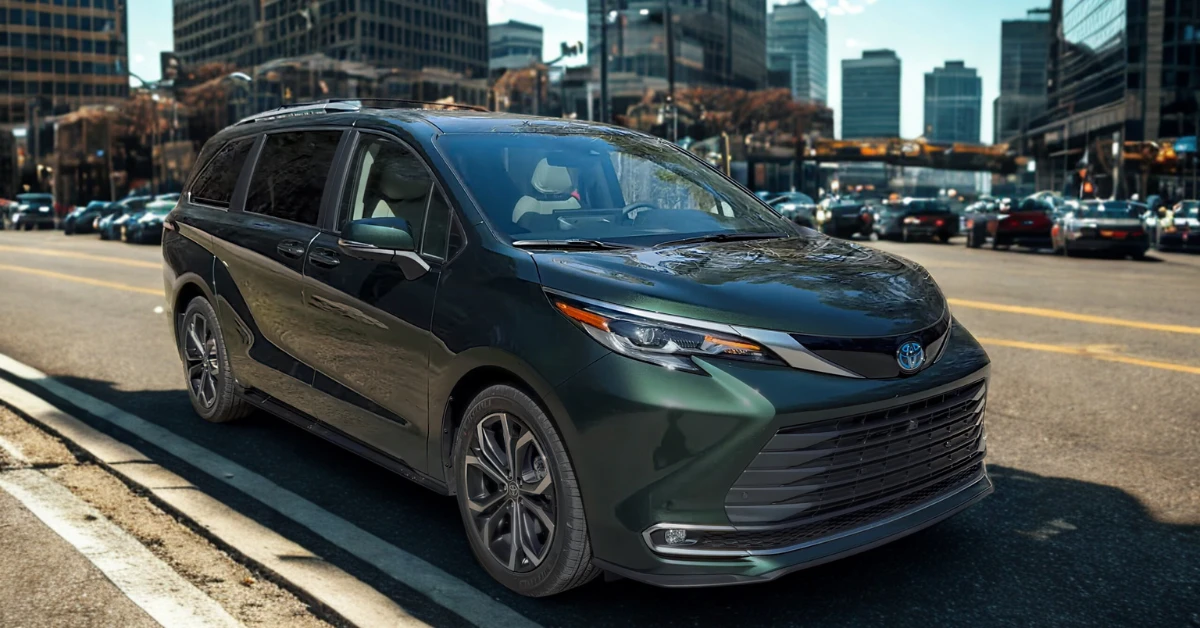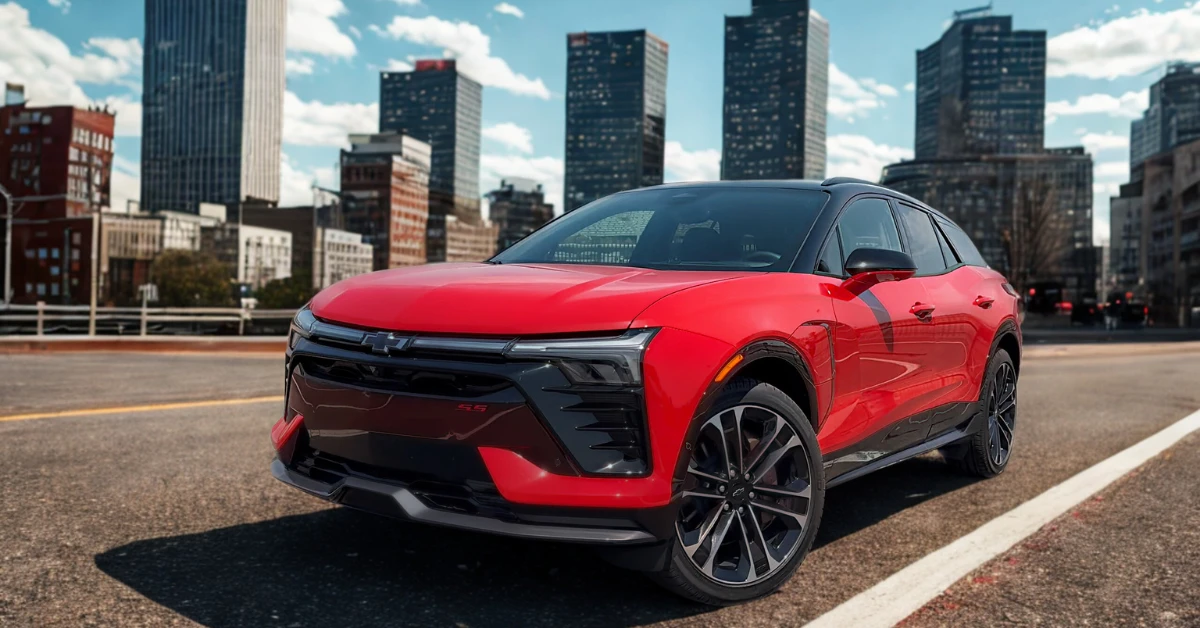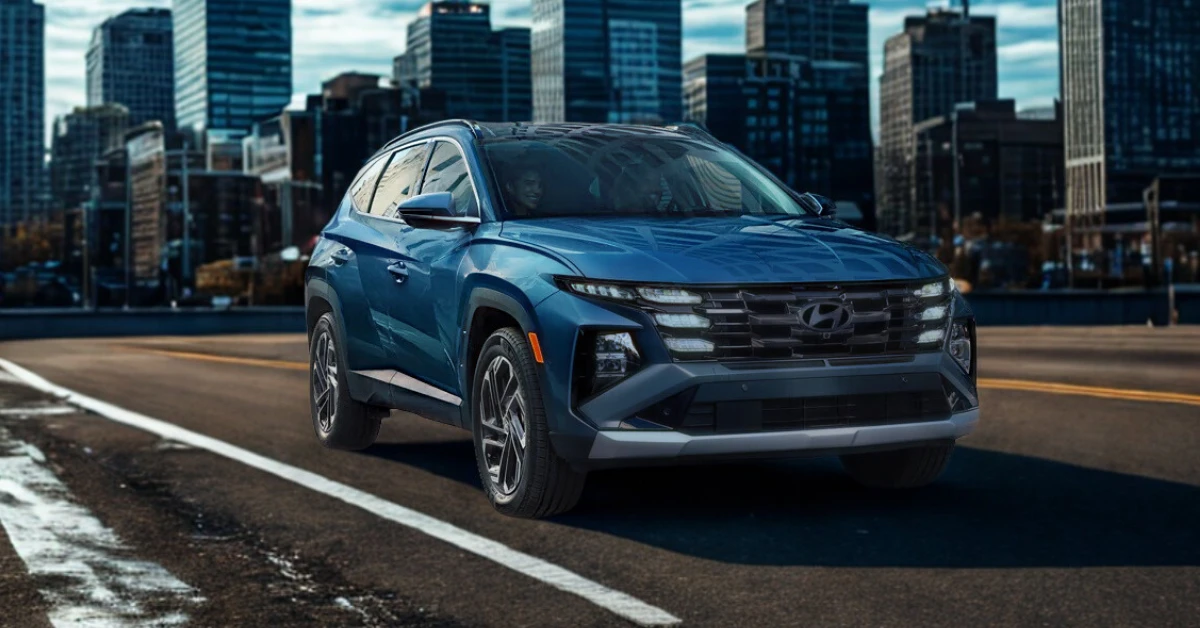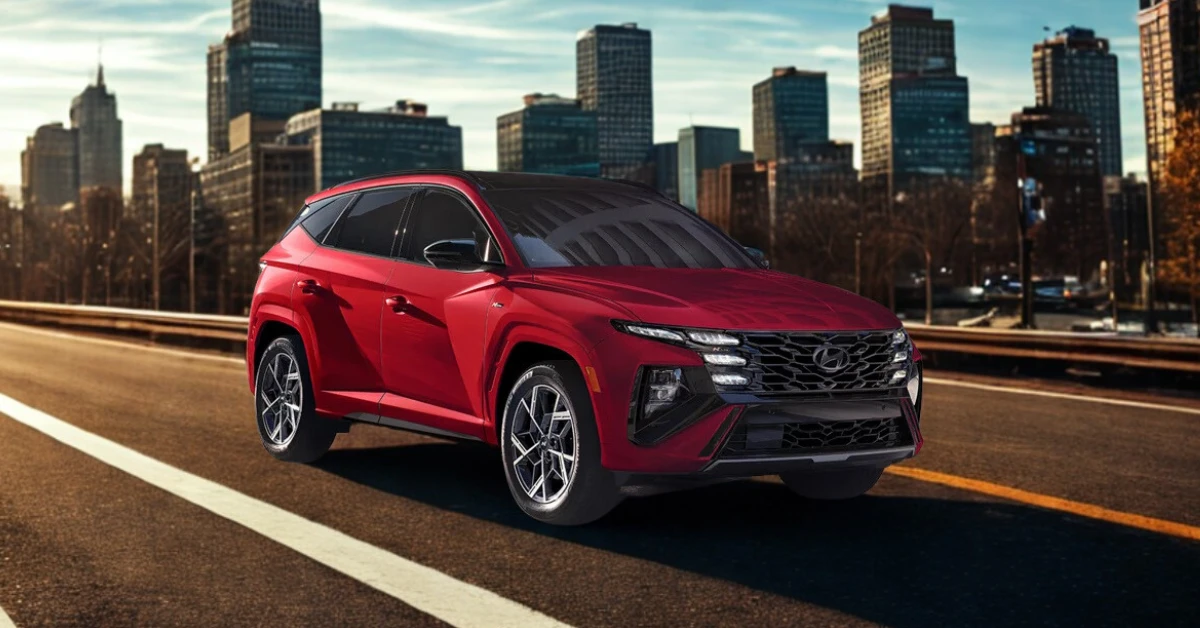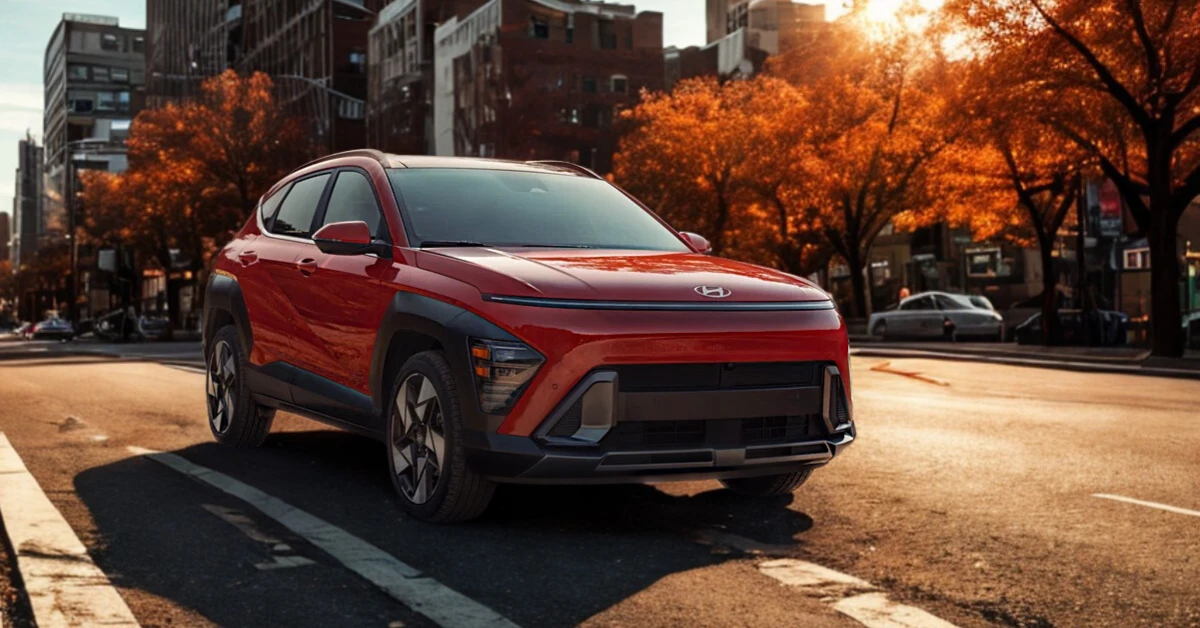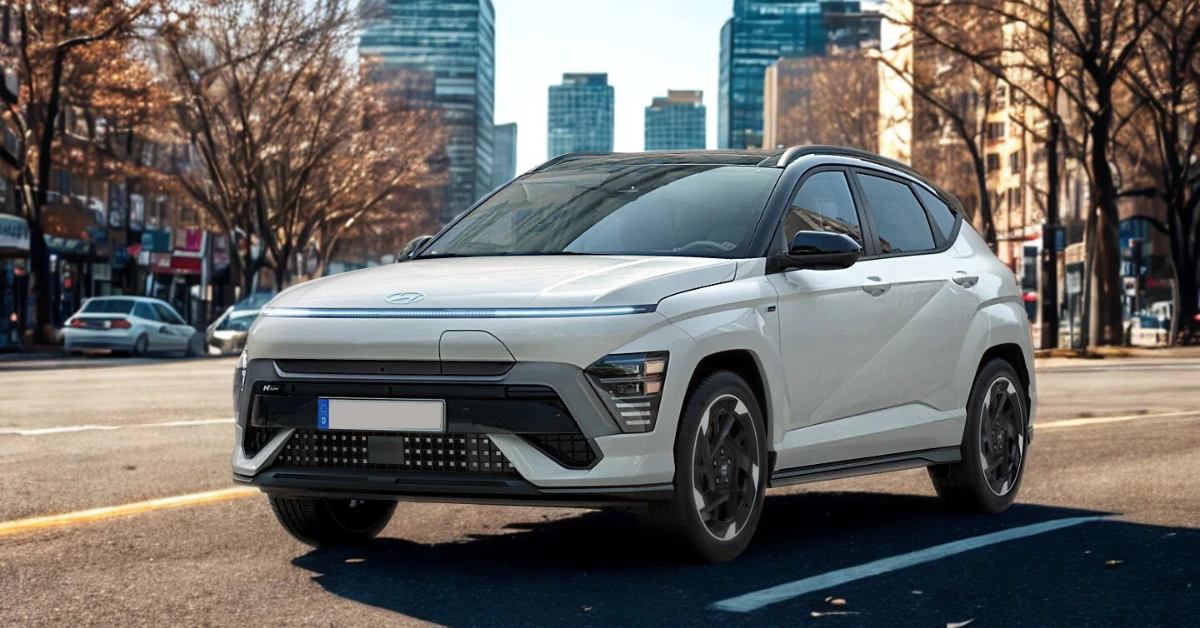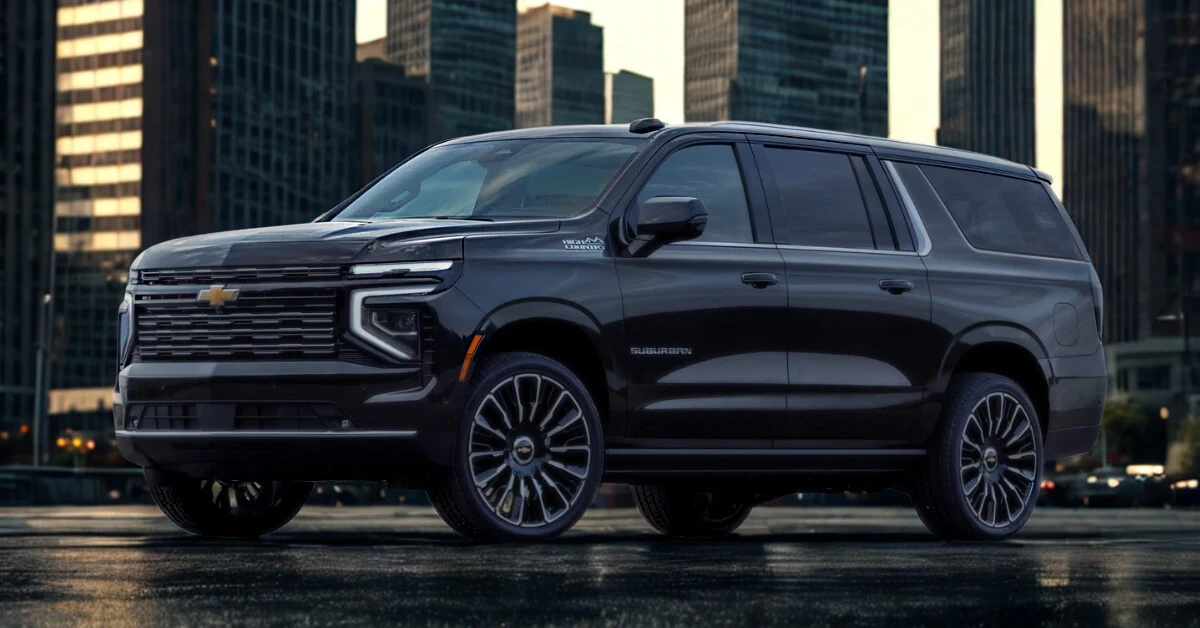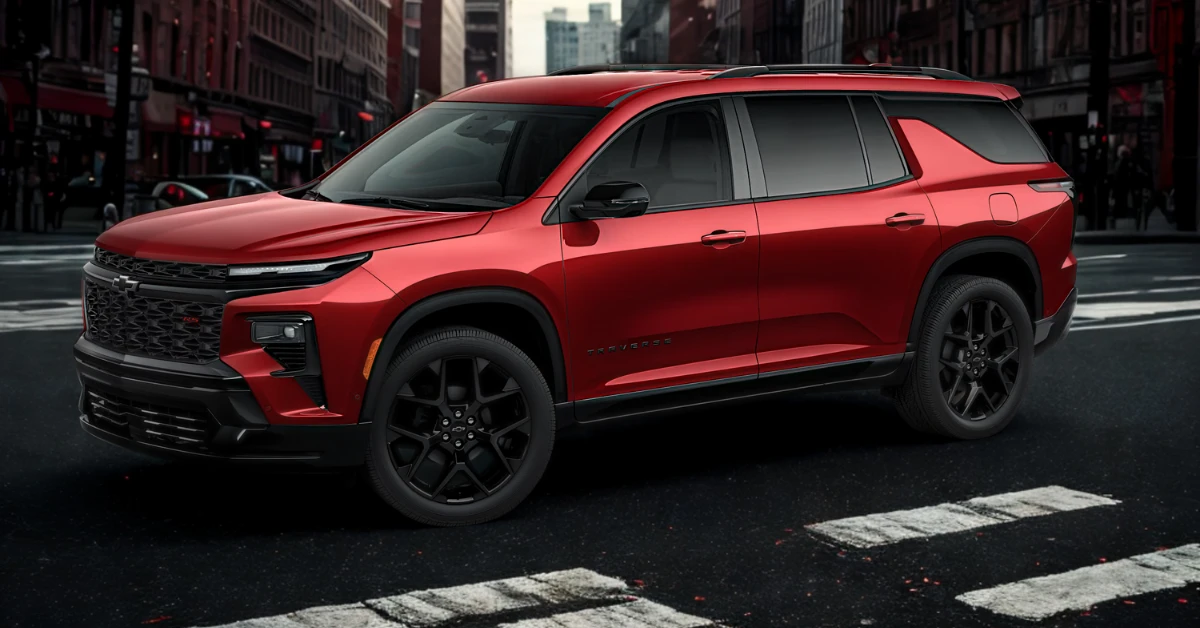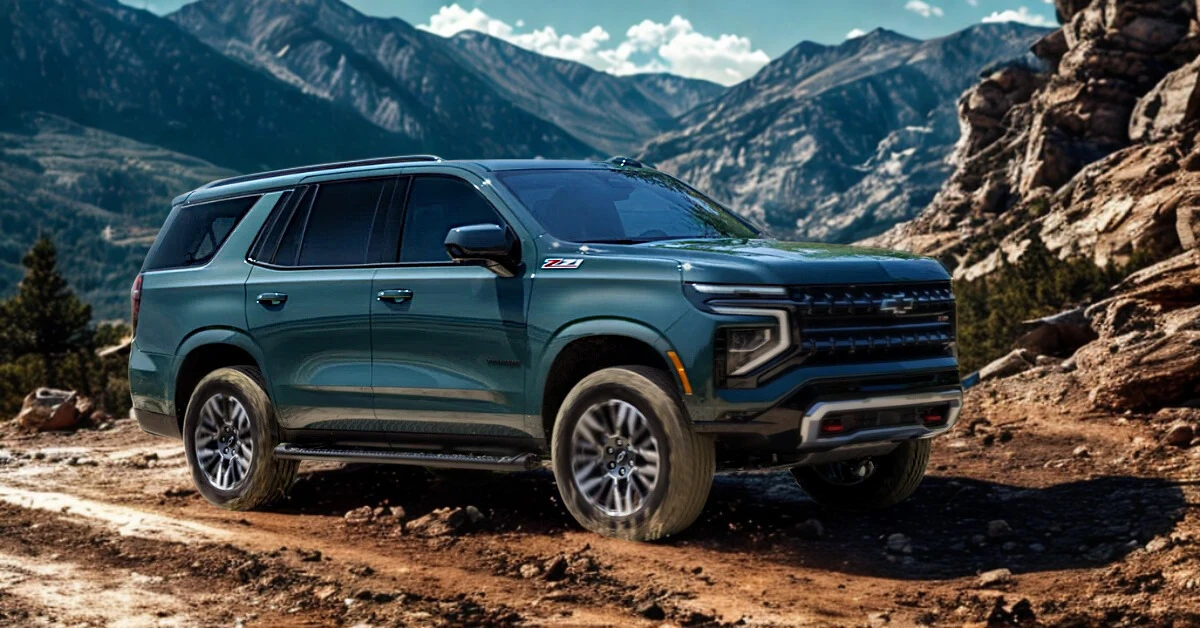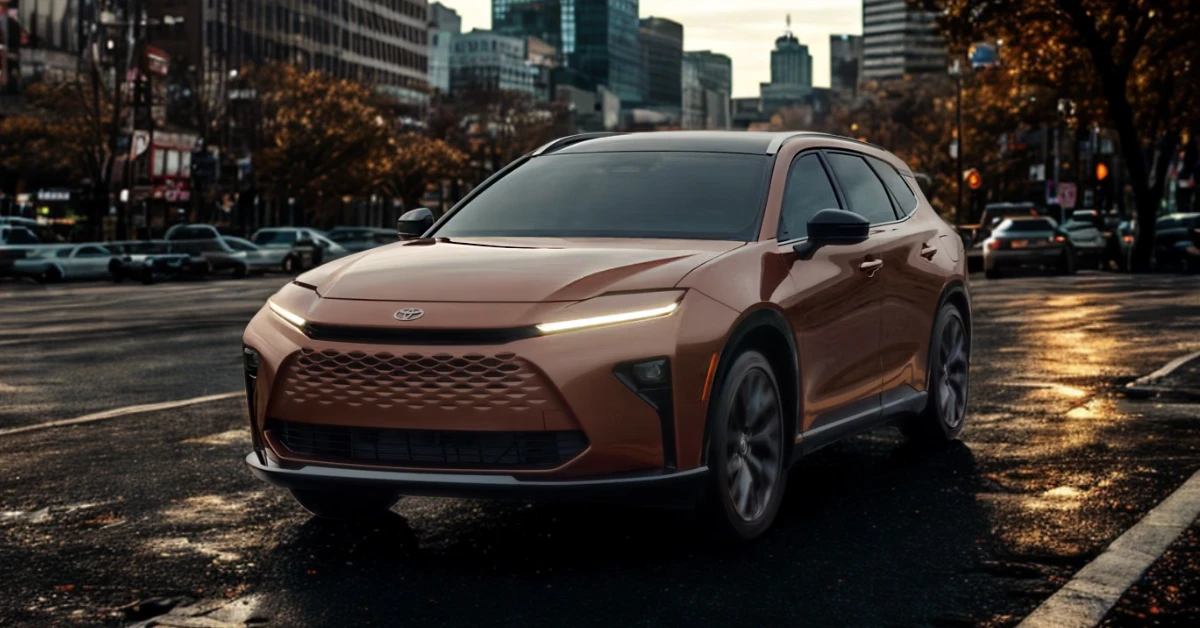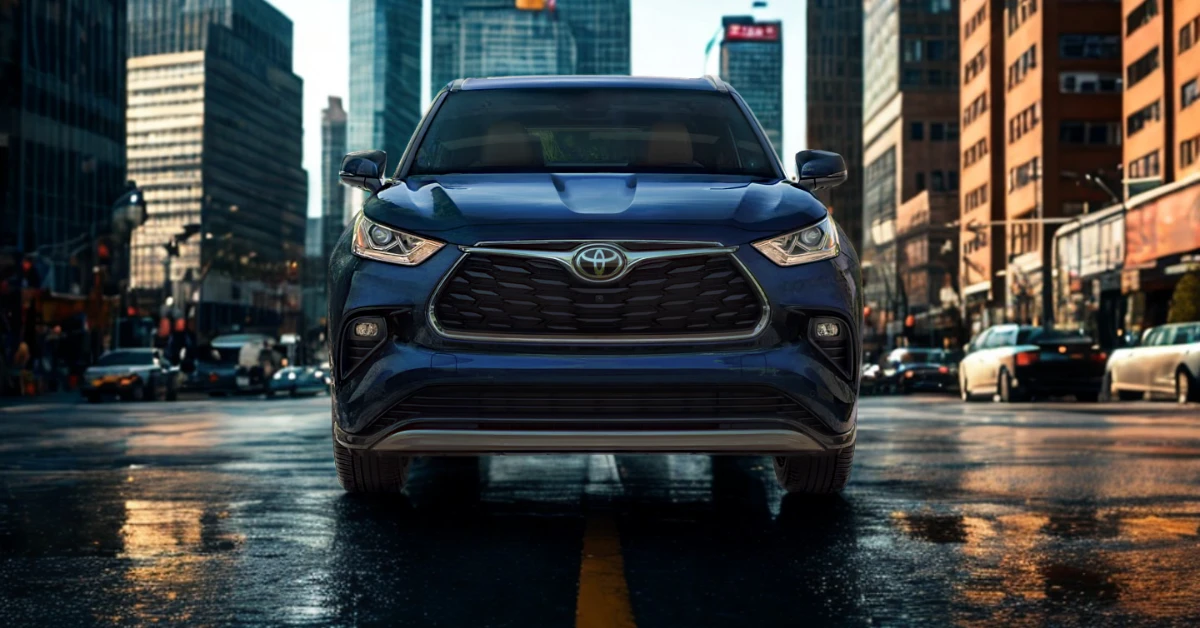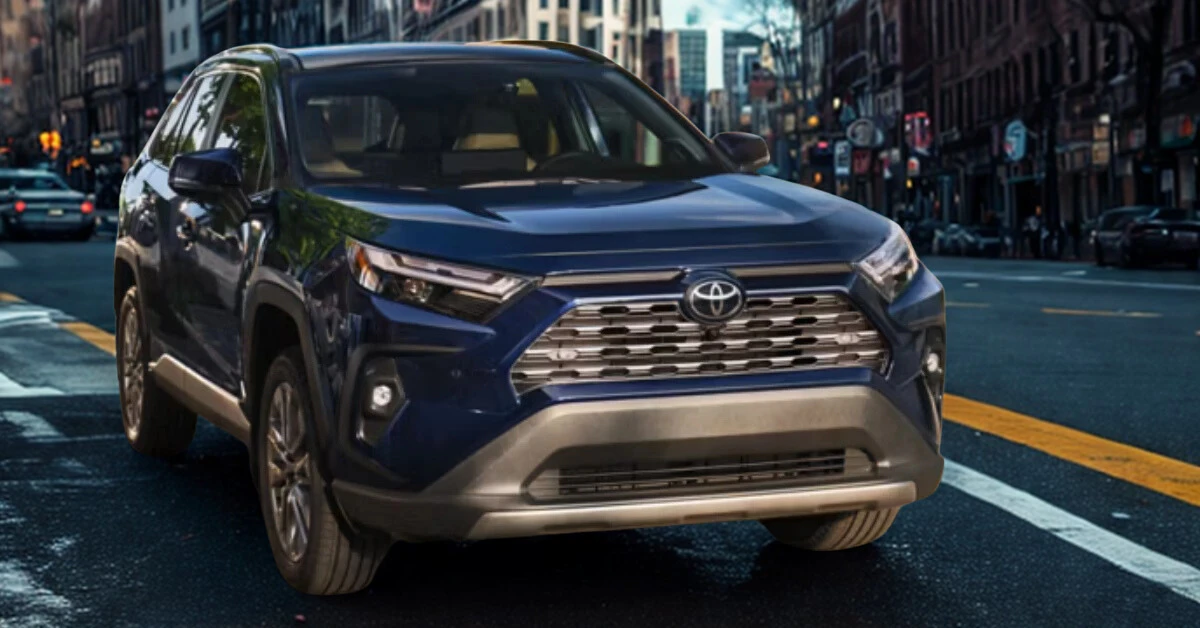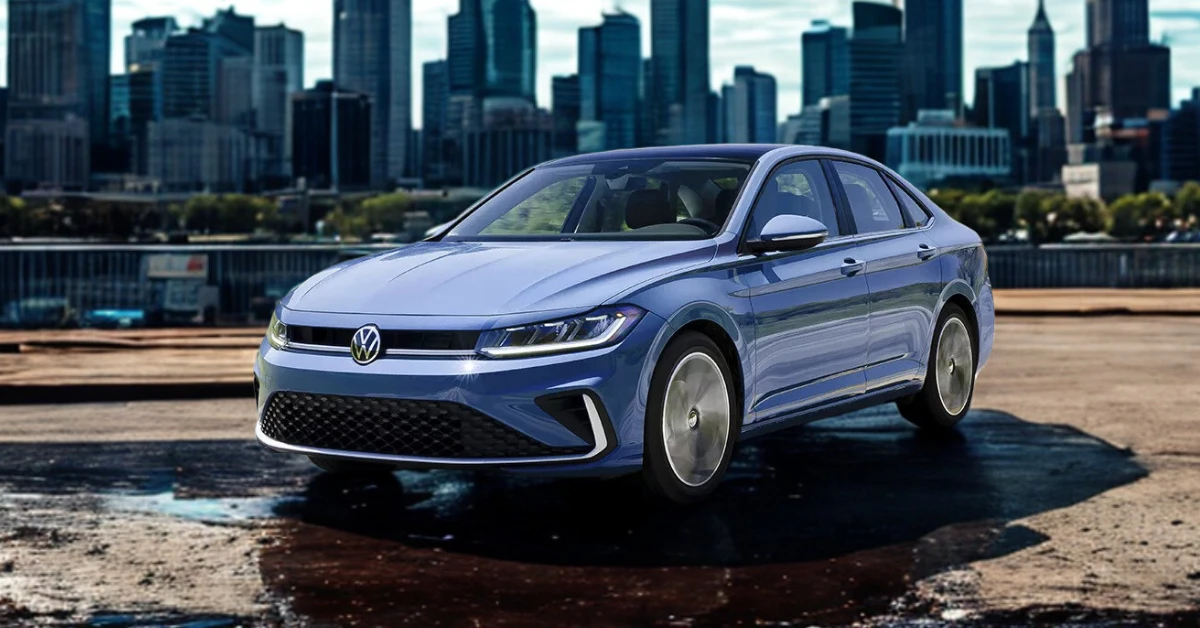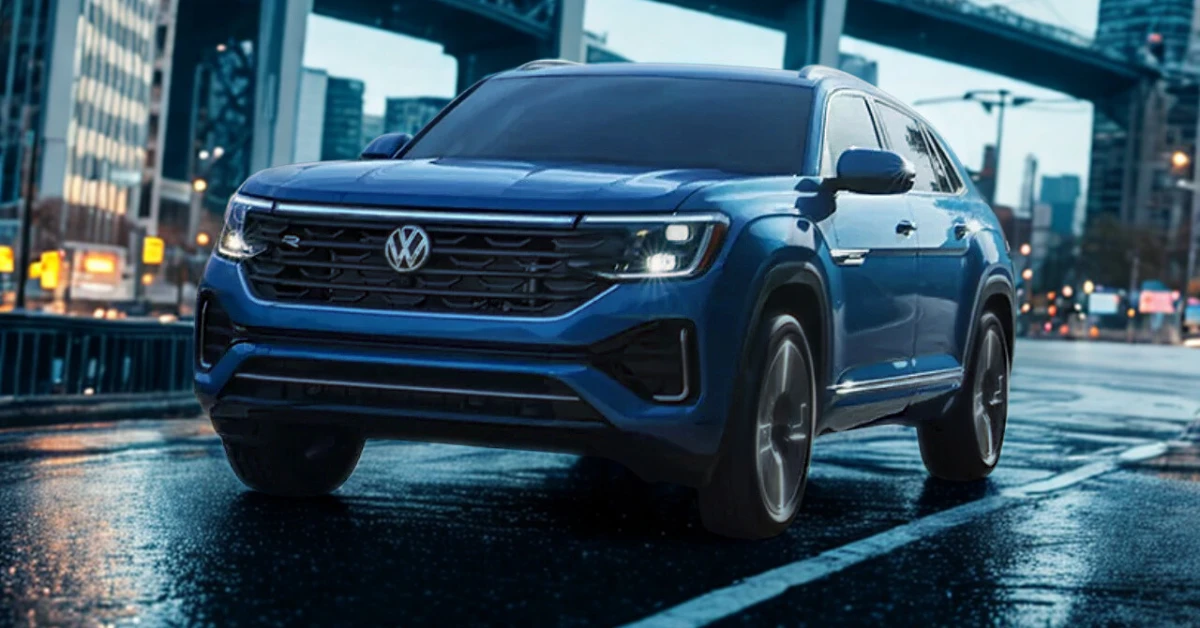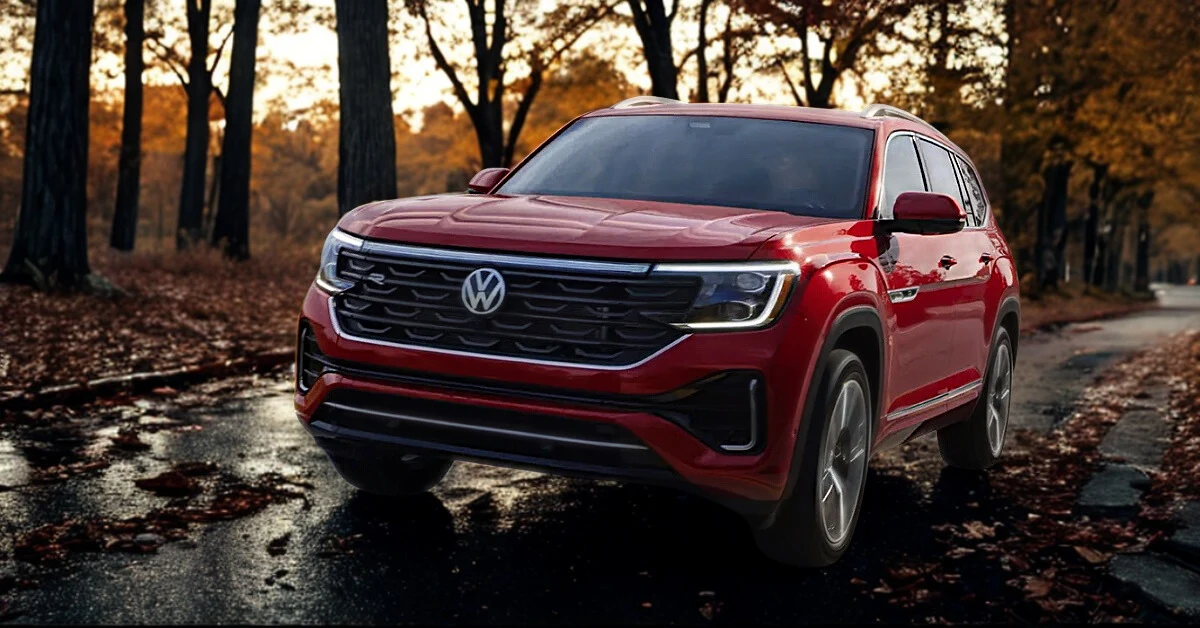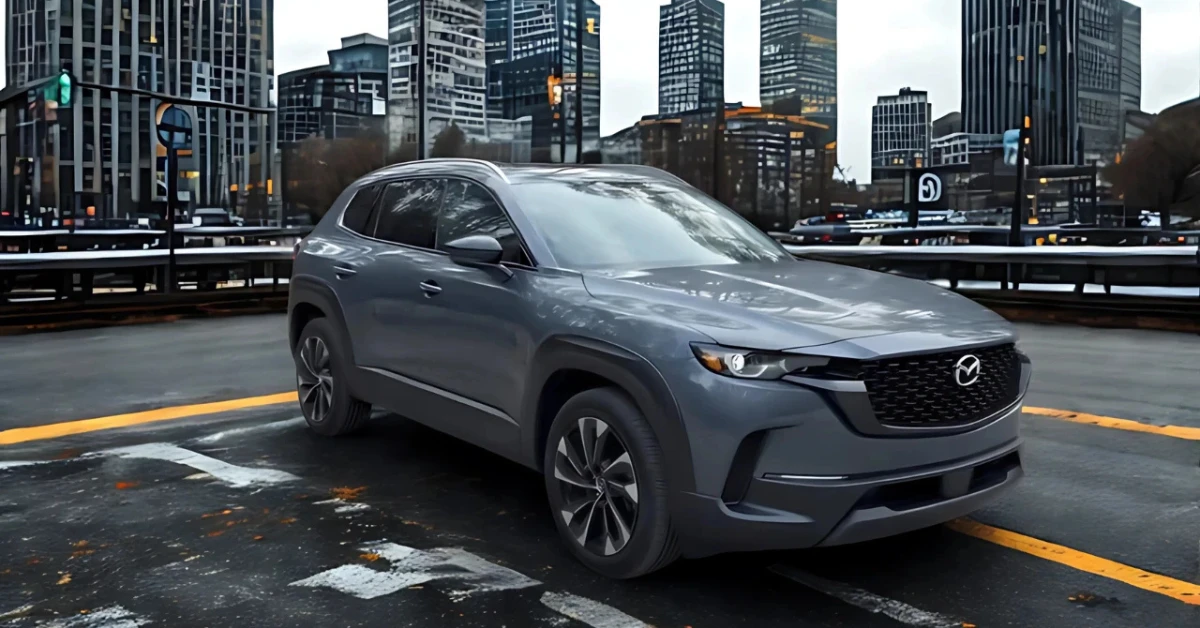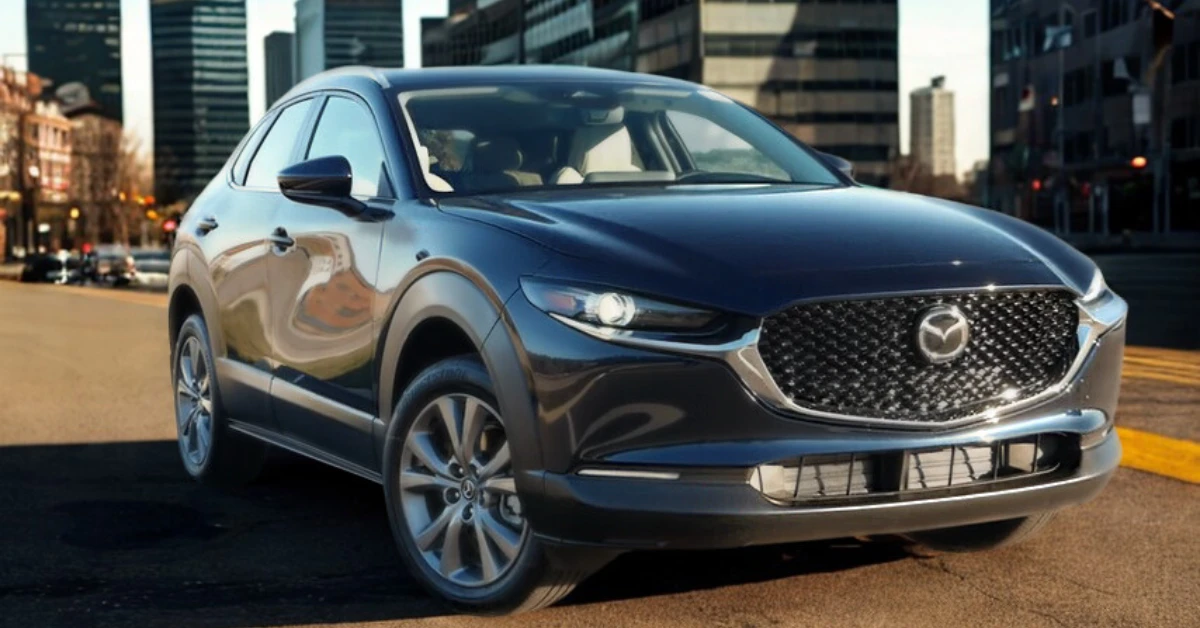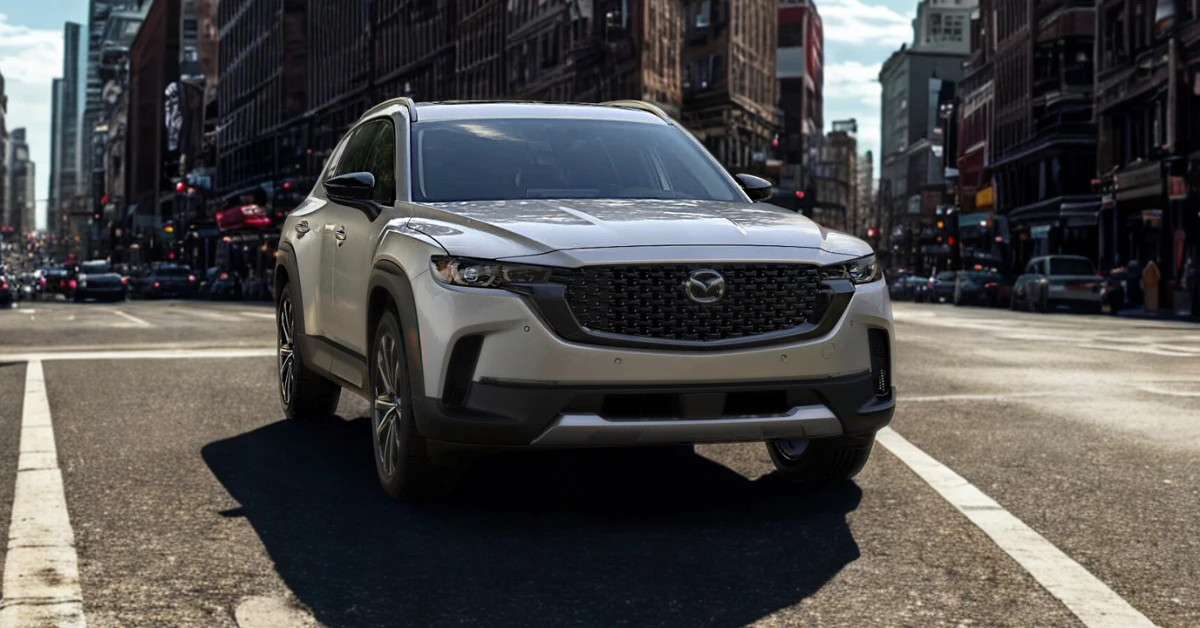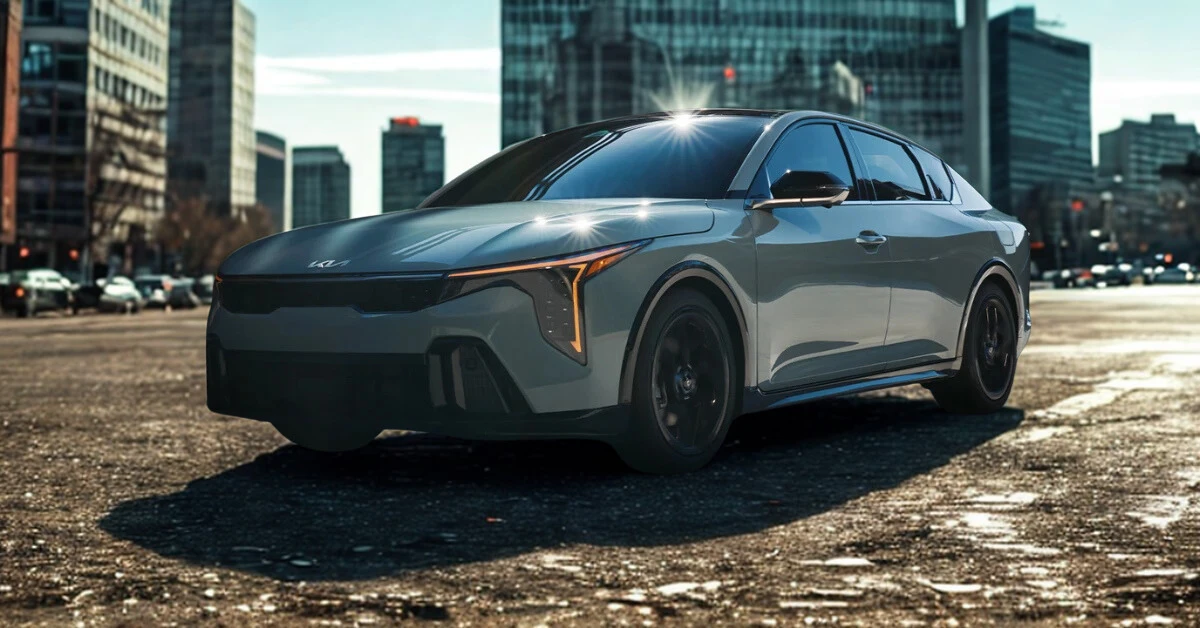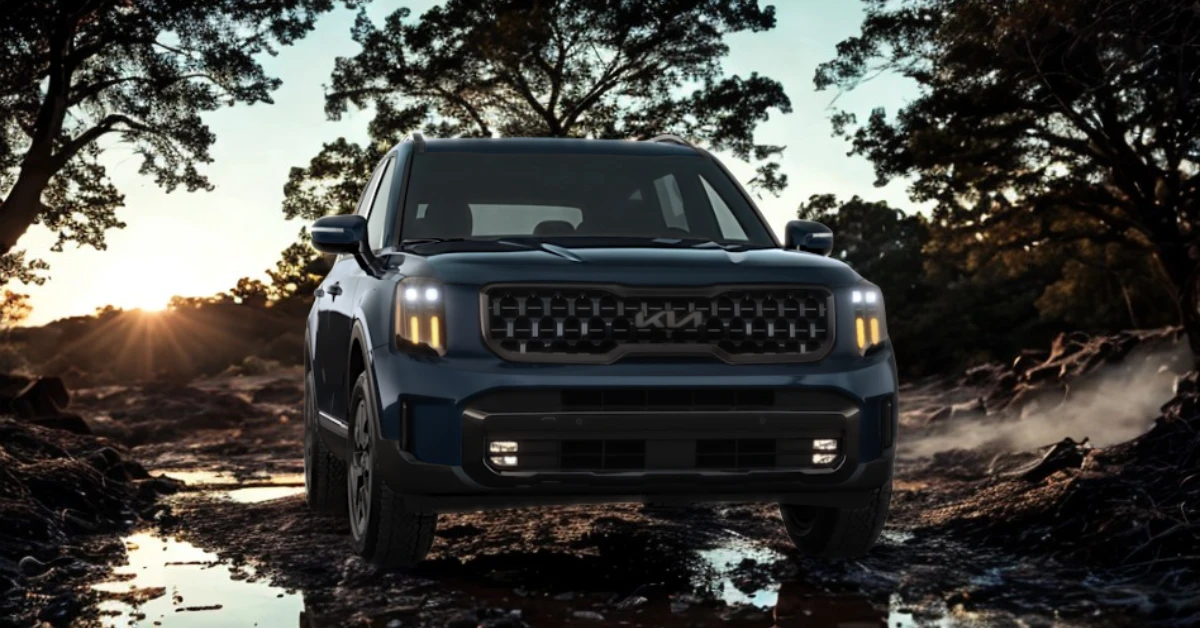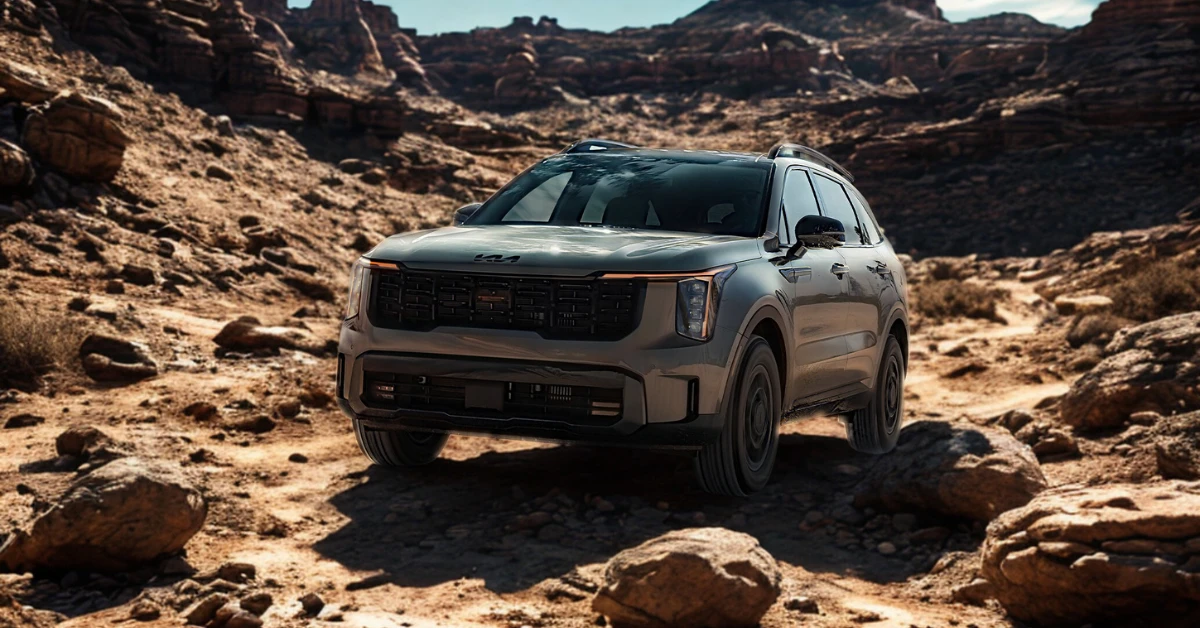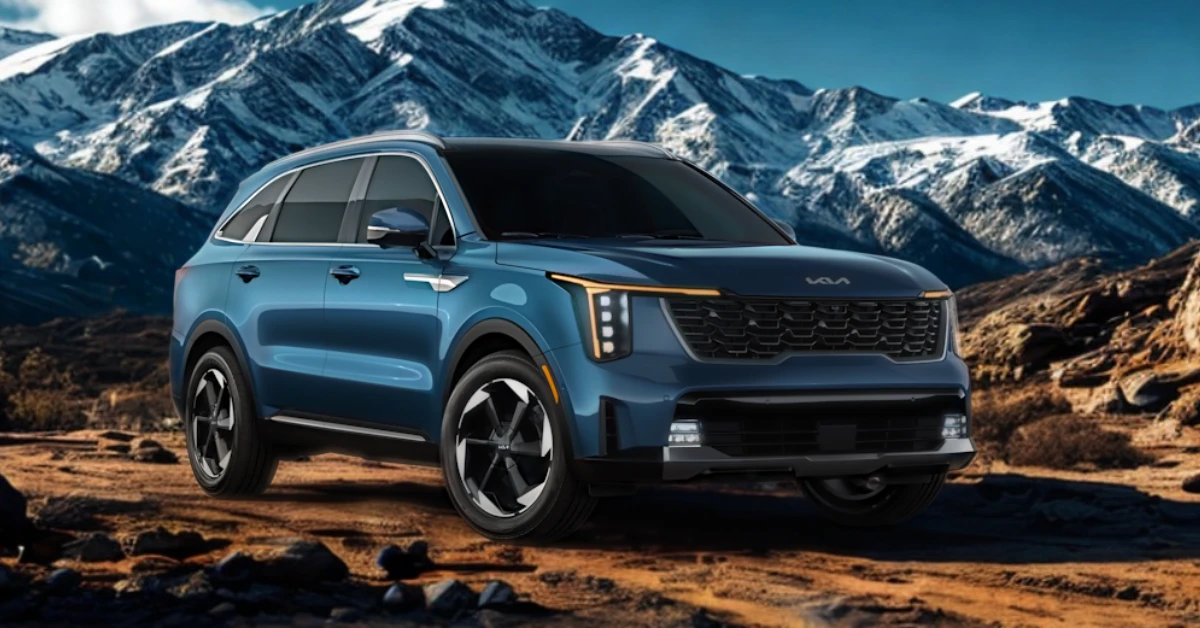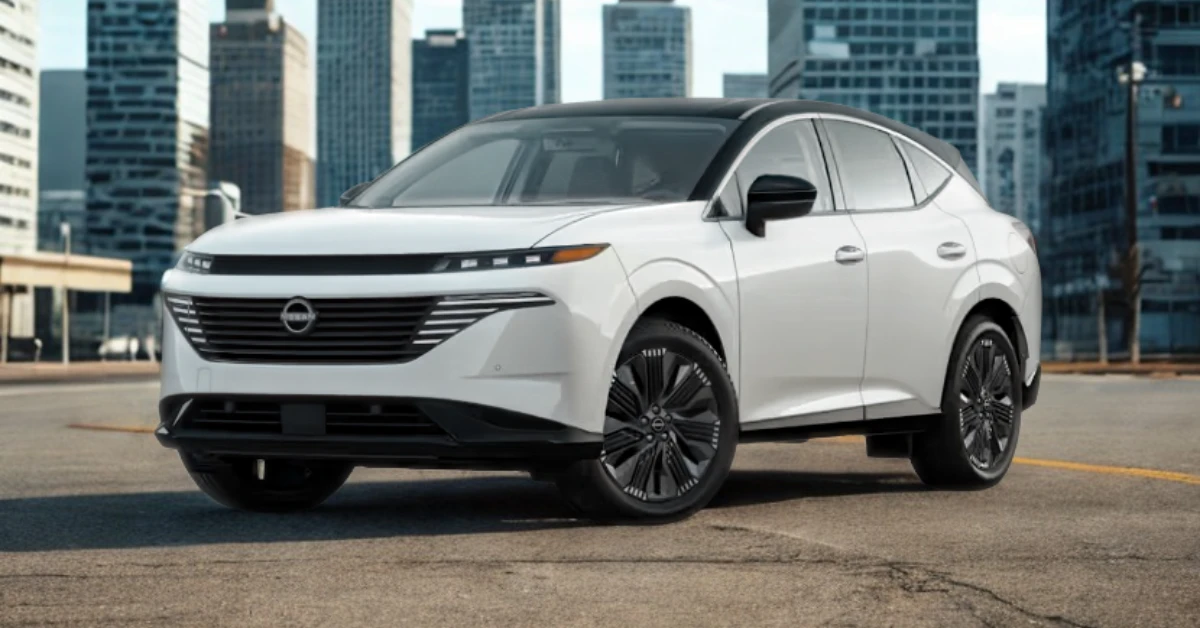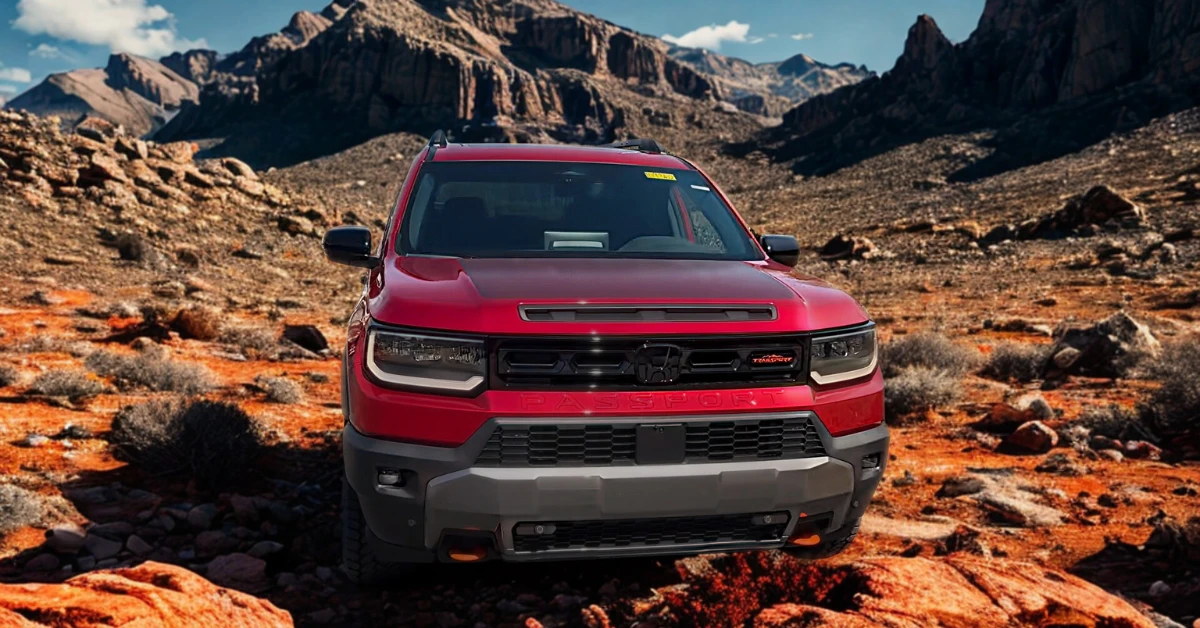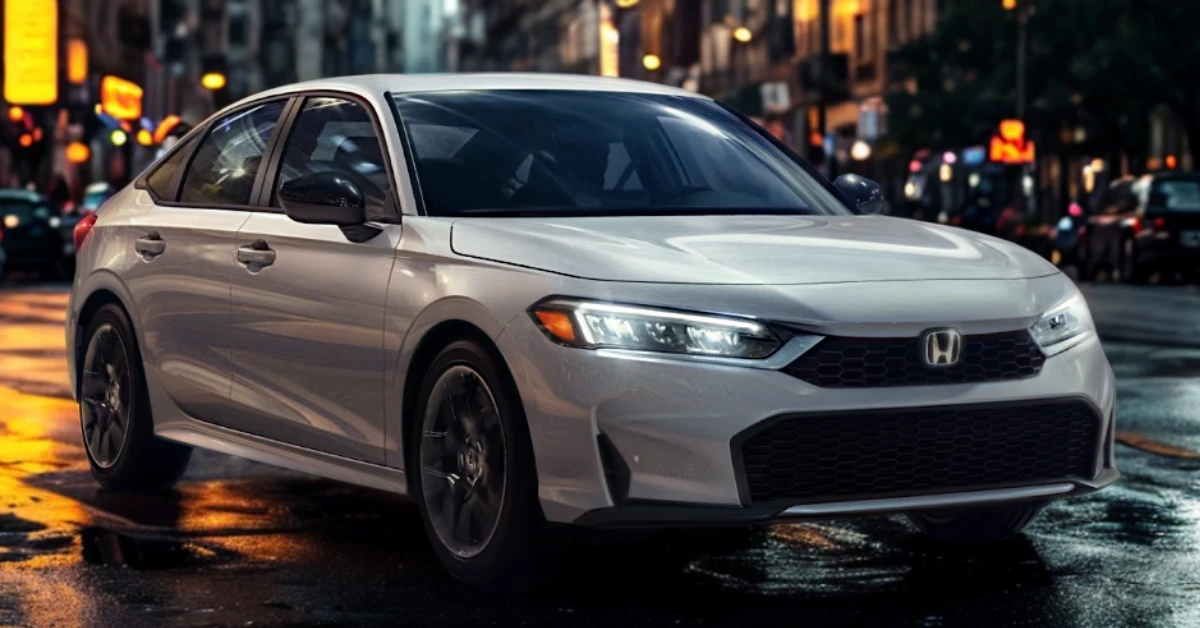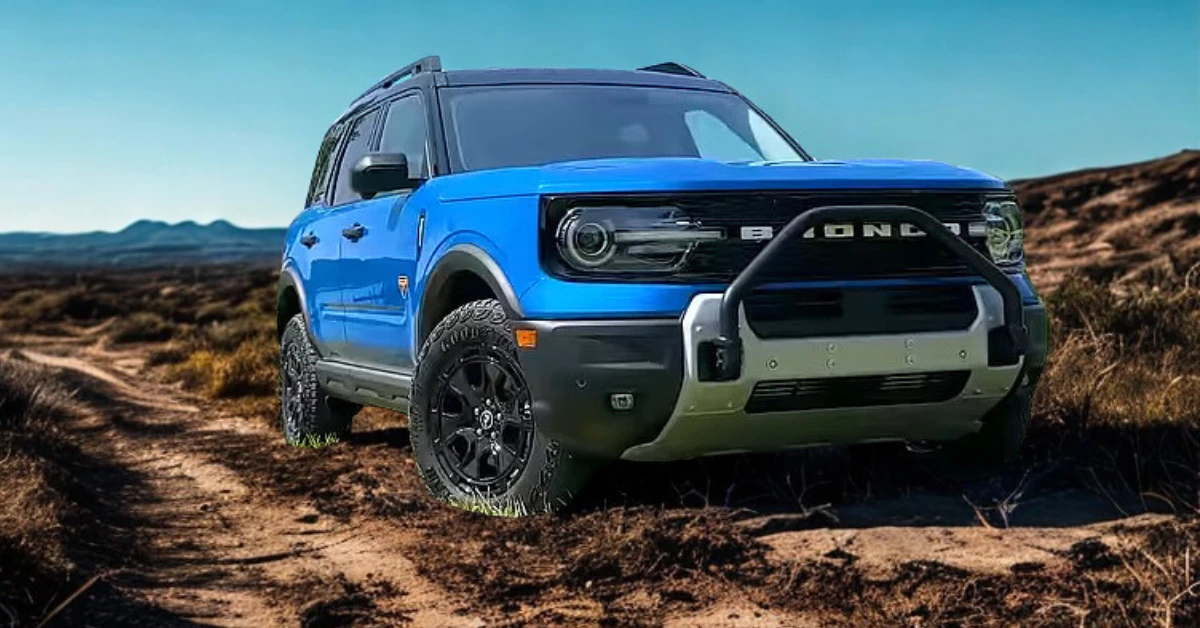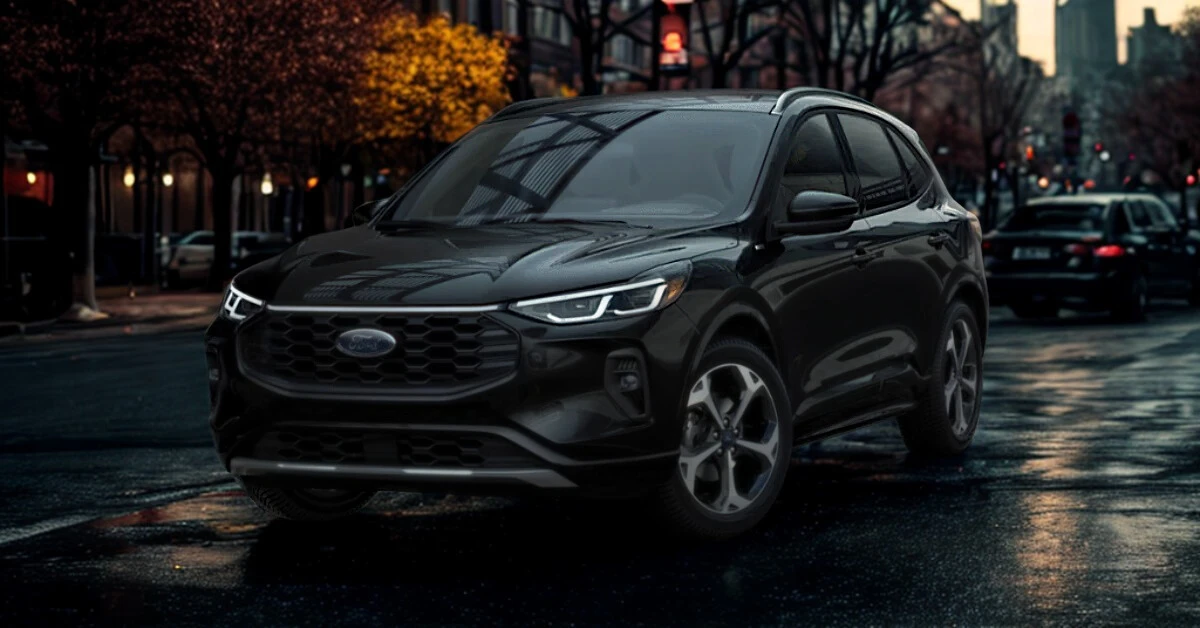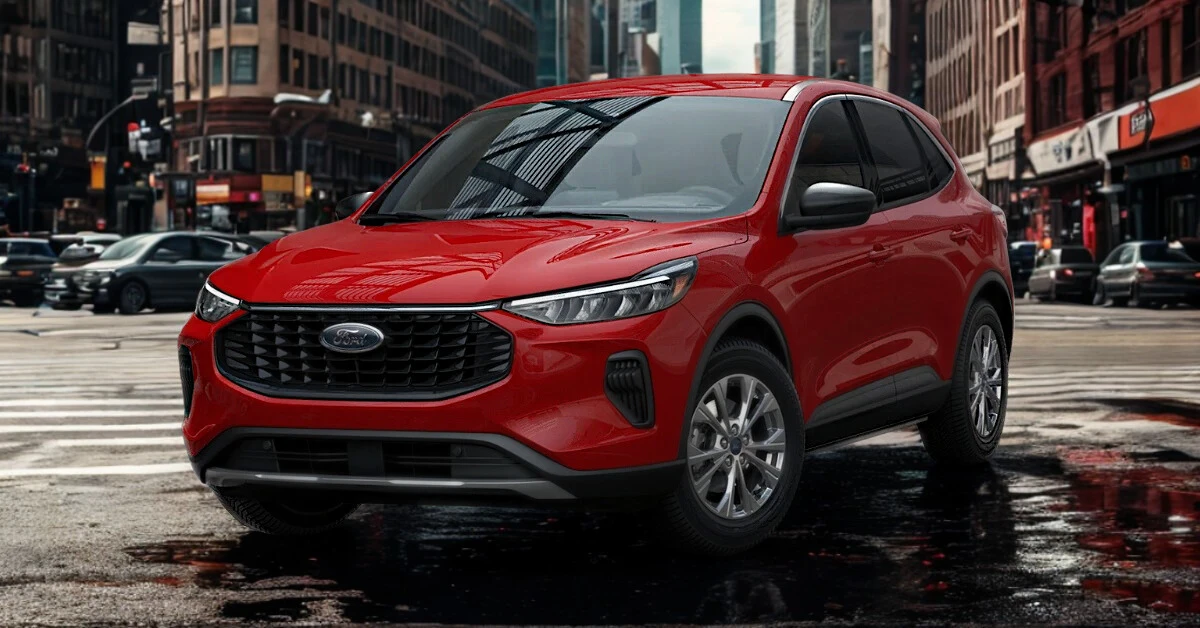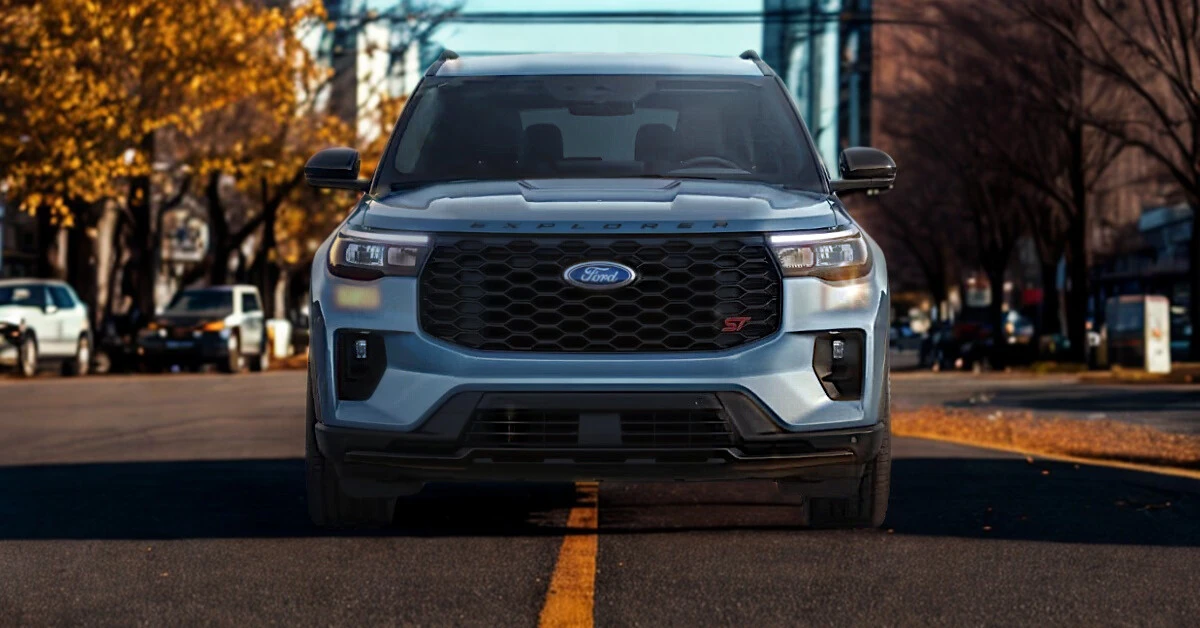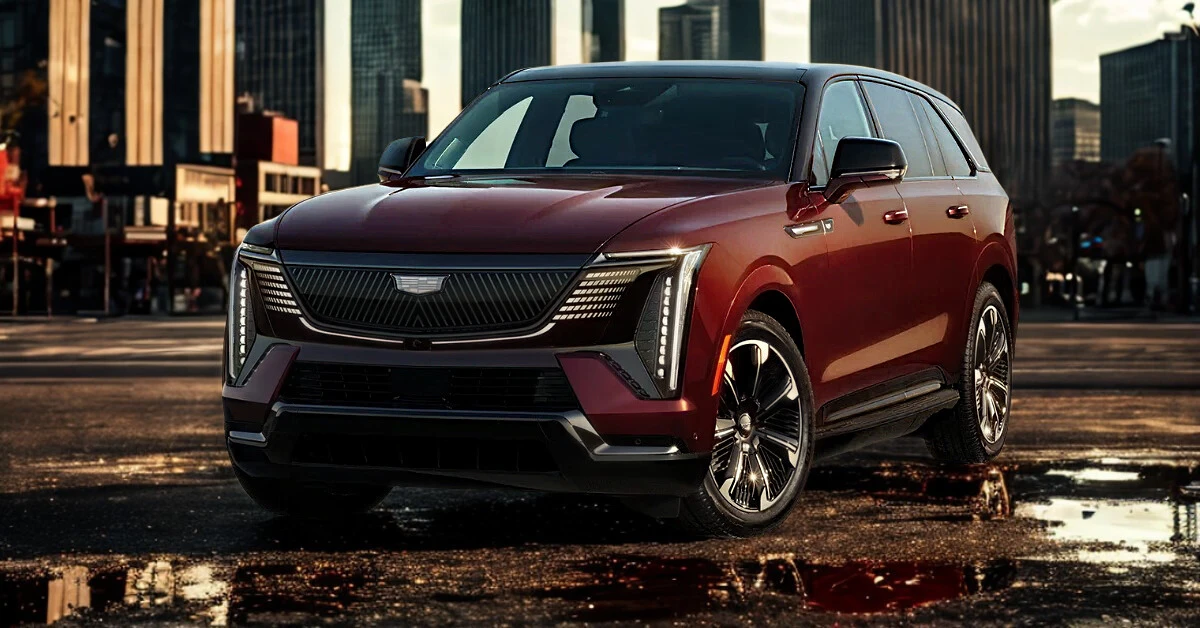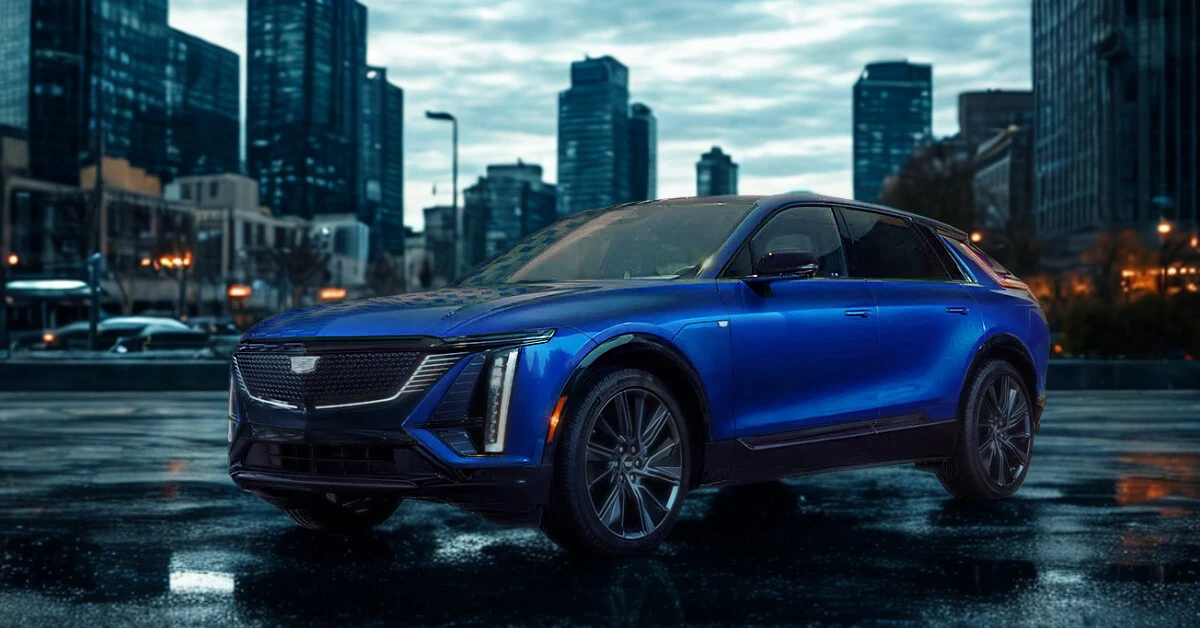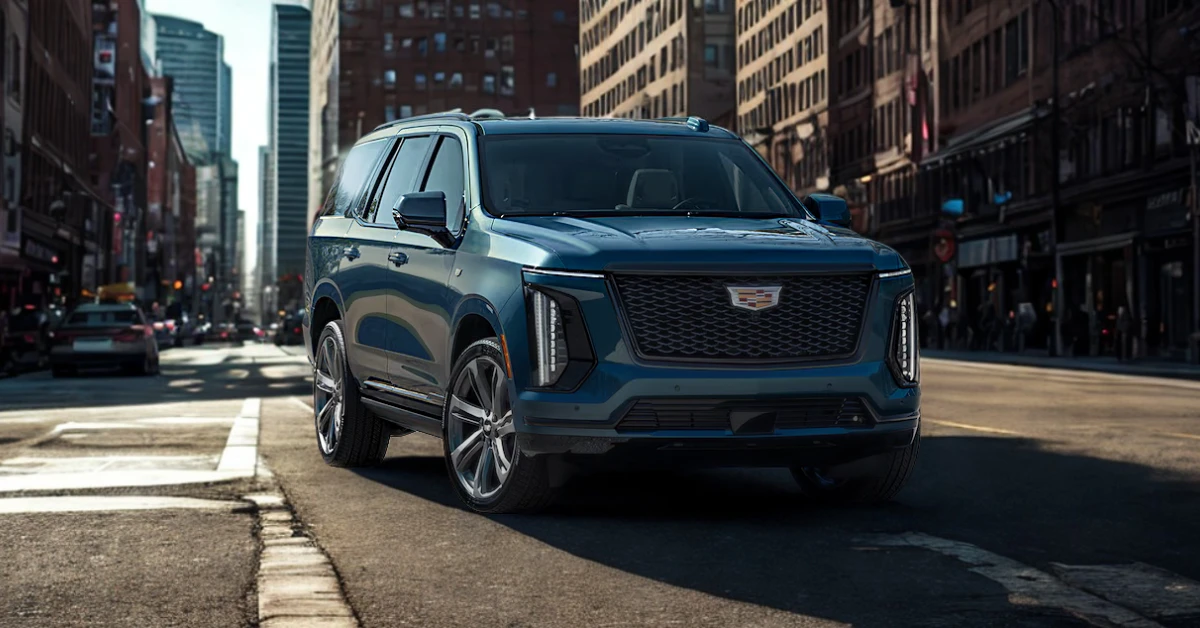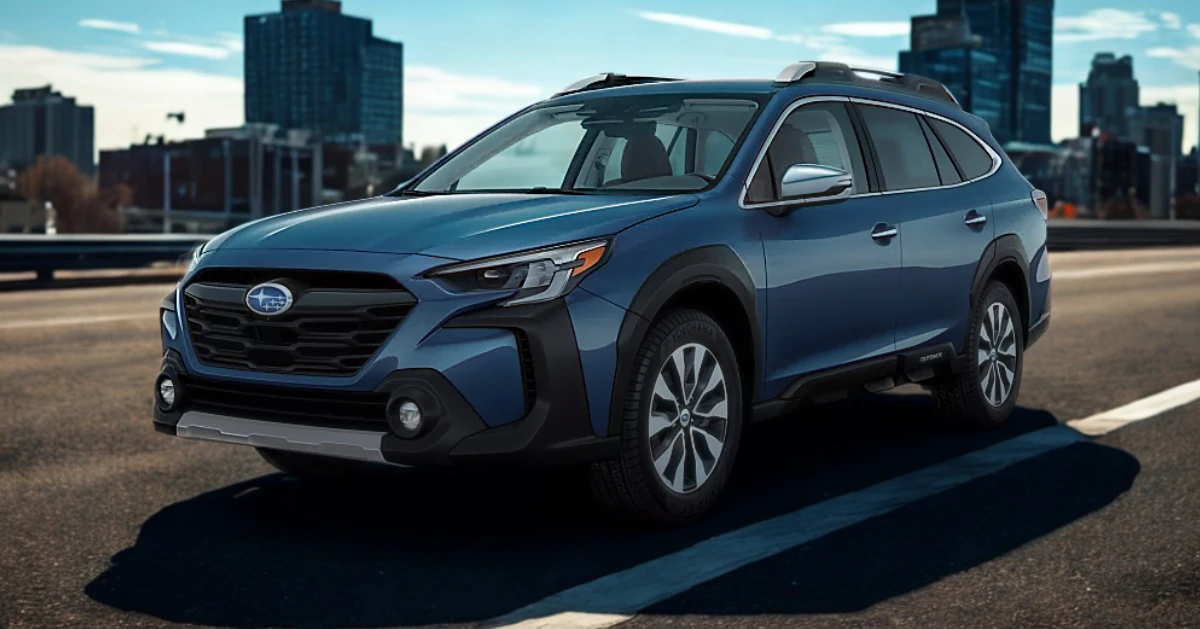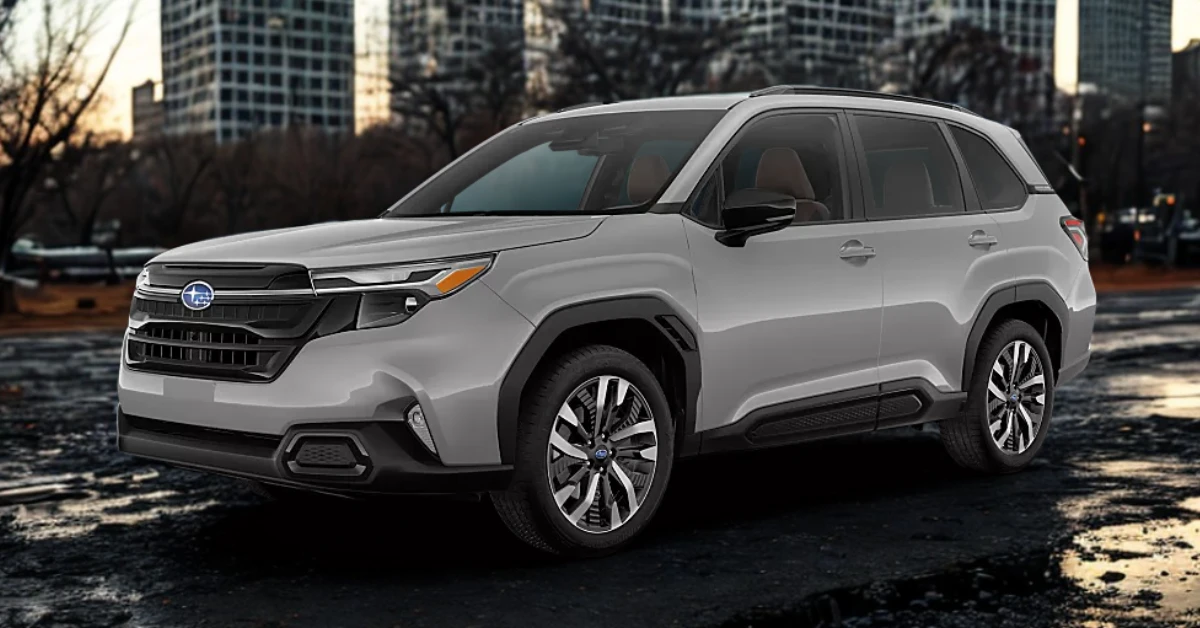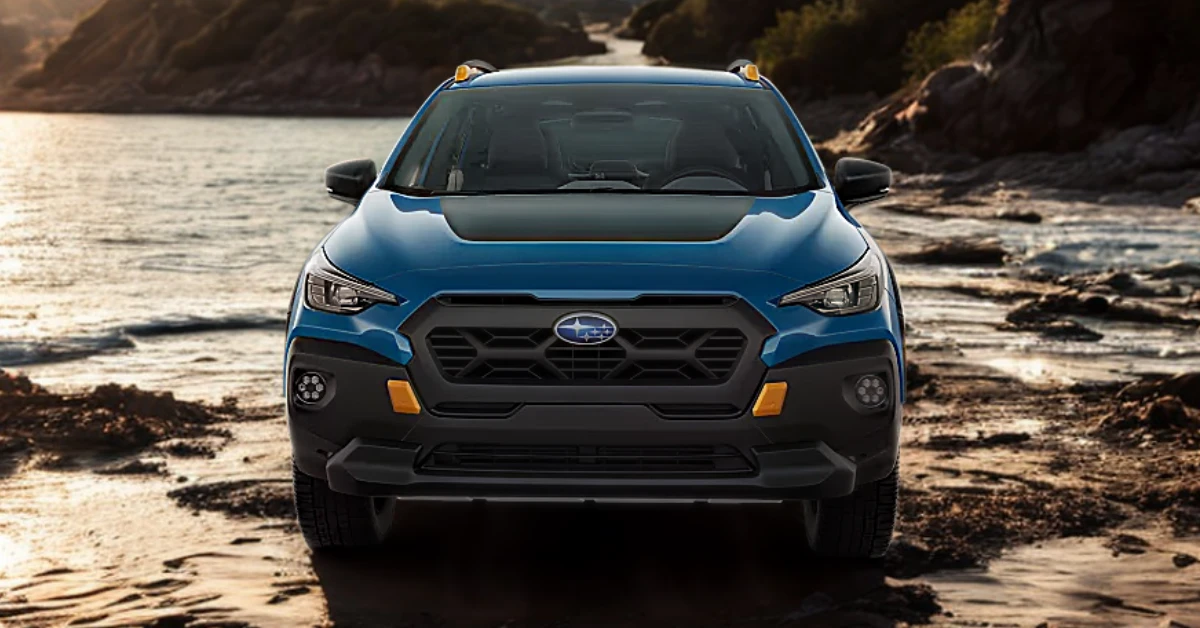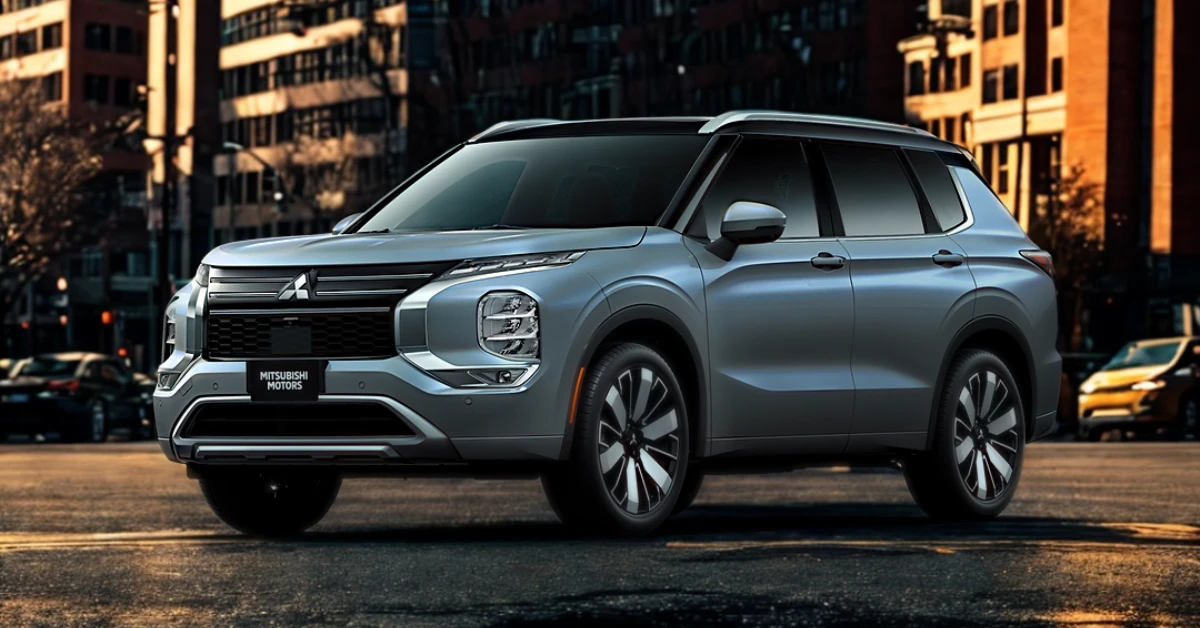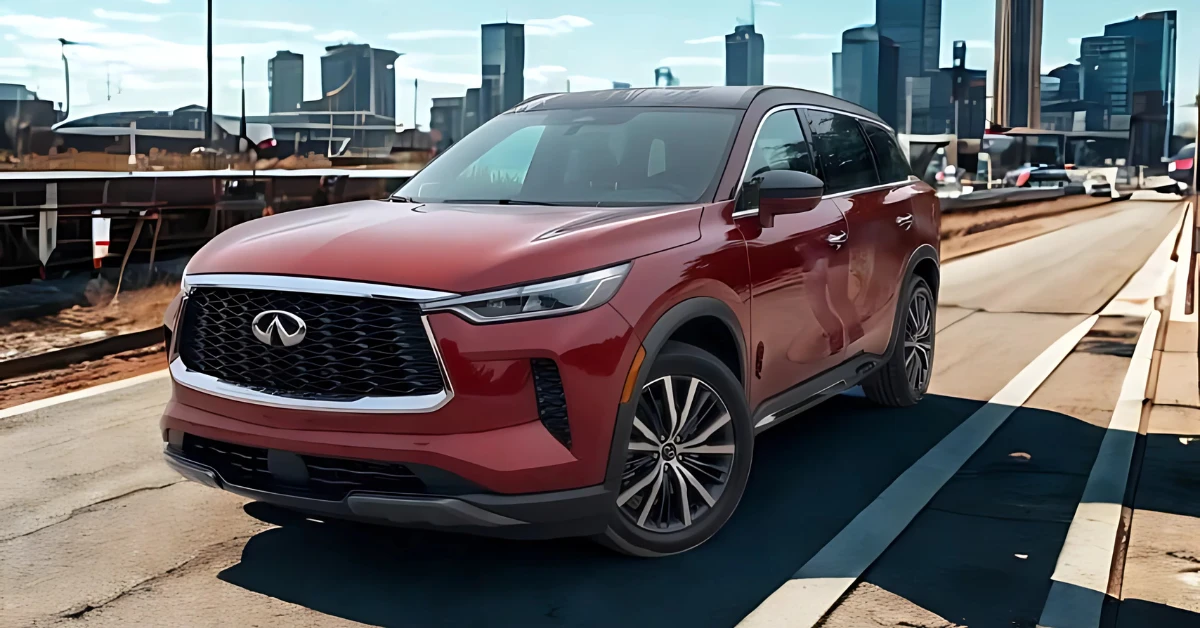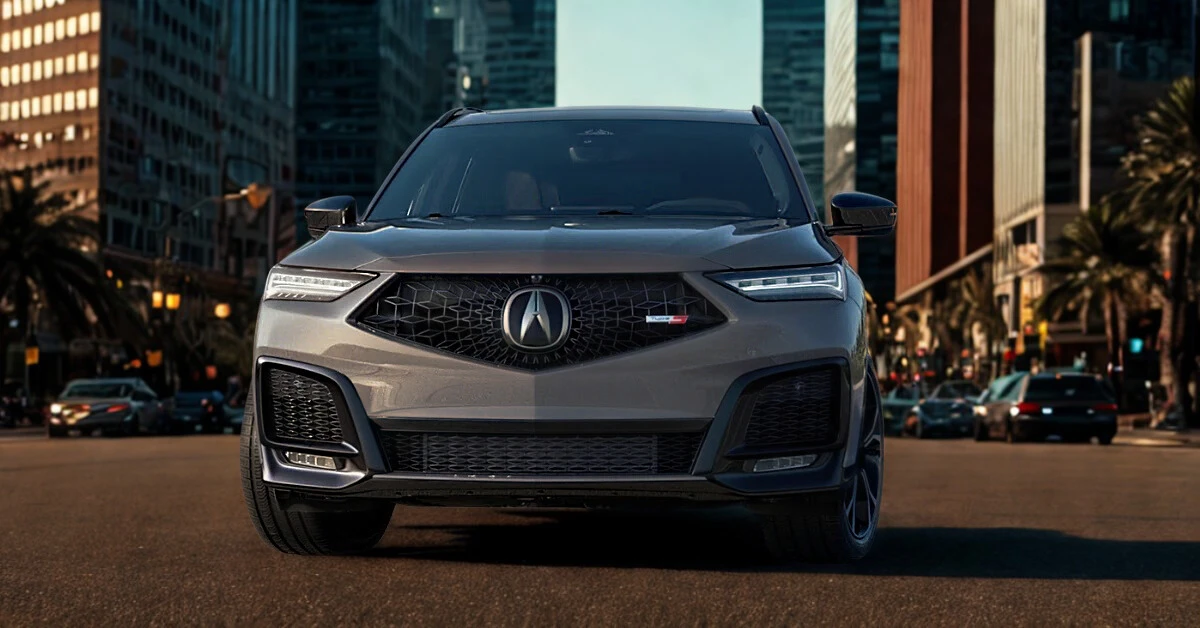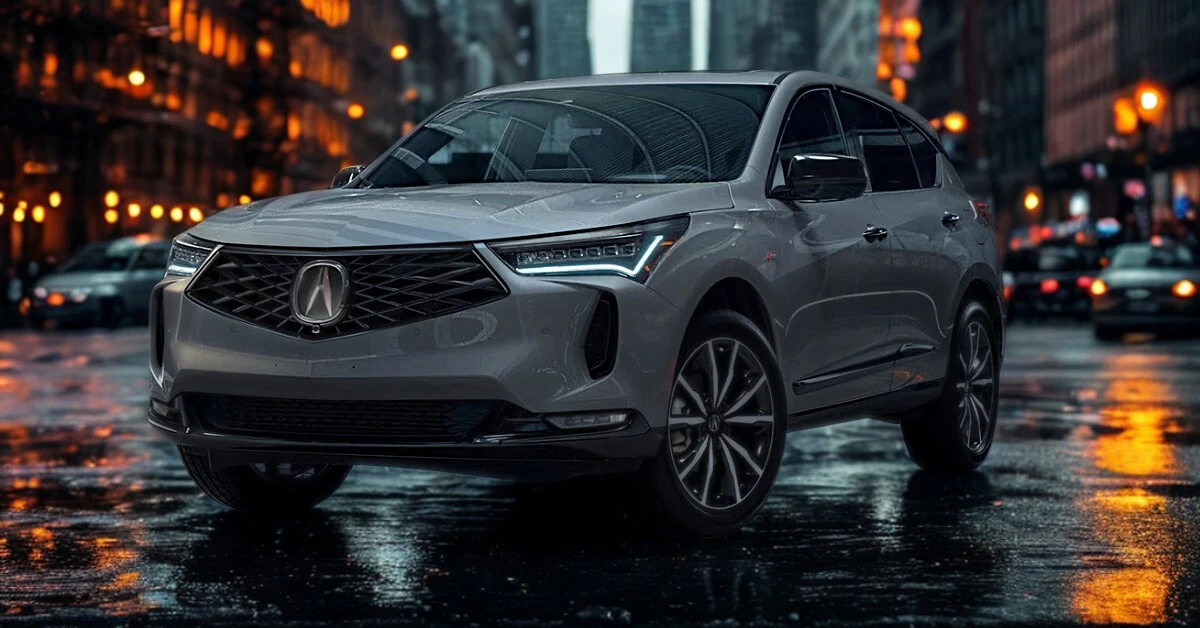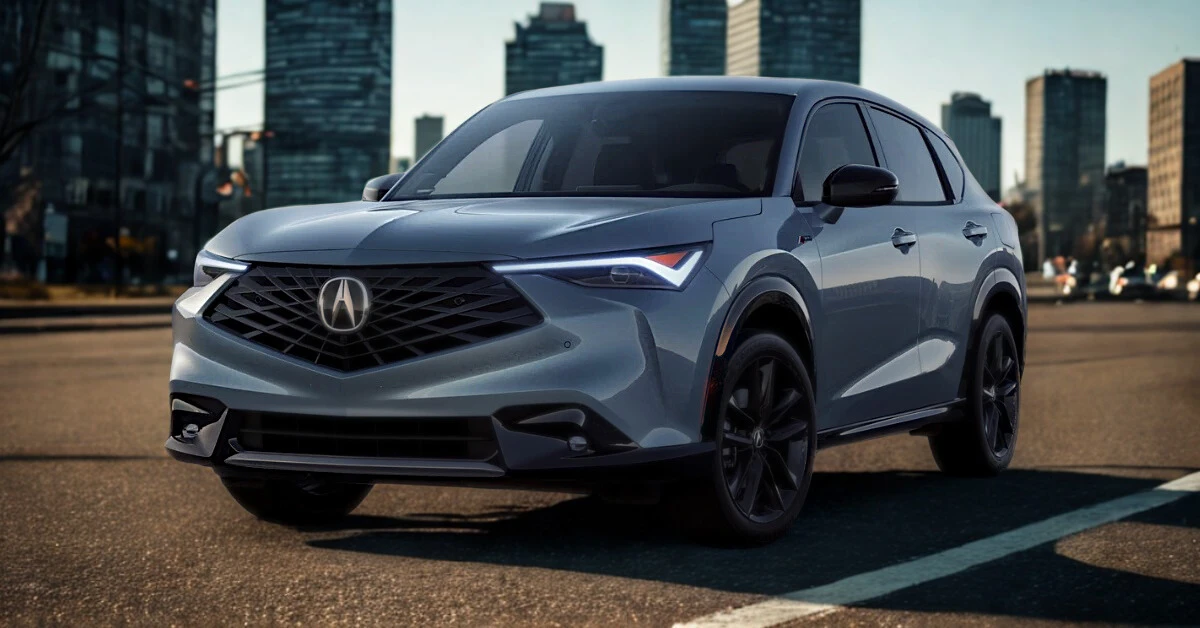2025 Honda Civic Hybrid Specifications
- POWERTRAINS
- TRIMS
- COLORS
- DIMENSIONS
| Specification | Civic LX CVT Sedan | Civic Sport CVT Sedan |
|---|---|---|
| Base Price | $25,400 | $27,400 |
| EPA Classification | Midsize Cars | Midsize Cars |
| Engine Type | Regular Unleaded I-4 | Regular Unleaded I-4 |
| Displacement | 2.0L/122 cu. in. | 2.0L/122 cu. in. |
| Fuel System | Gasoline Direct Injection | Gasoline Direct Injection |
| Horsepower | 150 @ 6400 rpm | 150 @ 6400 rpm |
| Torque | 133 lb-ft @ 4000 rpm | 133 lb-ft @ 4000 rpm |
| Transmission | CVT w/OD | CVT w/OD w/Paddle Shifters |
| Drive Type | Front-Wheel Drive | Front-Wheel Drive |
| Number of Transmission Speeds | 1 | 1 |
| Driving Modes | 2 (Econ, Normal) | 3 (Econ, Normal, Sport) |
| Fuel Economy (city/hwy/combined) | 32/41/36 mpg (Est) | 31/39/34 mpg (Est) |
| Fuel Tank Capacity | 12.4 gal. | 12.4 gal. |
| Range (city/hwy) | 396.8/508.4 miles | 384.4/483.6 miles |
| Curb Weight | 2,875 lbs | 2,926 lbs |
| Suspension Type (Front/Rear) | Strut / Multi-Link | Strut / Multi-Link |
| Tires | P215/55HR16 | P235/40WR18 |
| Turning Diameter (curb to curb) | 36.1 ft | 38.1 ft |
| Special Features | Idle-Stop, Hill Hold Control | Idle-Stop, Remote Engine Start, Hill Hold Control |
Interior Features
| Feature | Civic LX CVT Sedan | Civic Sport CVT Sedan |
|---|---|---|
| Seating Capacity | 5 | 5 |
| Seating Material | Cloth | Cloth/Leatherette |
| Front Seats | Bucket | Bucket |
| Driver’s Seat | 6-Way | 6-Way |
| Passenger Seat | 4-Way | 4-Way |
| Rear Seats | Full Folding Bench | 60-40 Folding Bench |
| Front Head Room | 39.3 in. | 39.3 in. |
| Front Leg Room | 42.3 in. | 42.3 in. |
| Front Shoulder Room | 57.0 in. | 57.0 in. |
| Front Hip Room | 54.3 in. | 54.3 in. |
| Rear Head Room | 37.1 in. | 37.1 in. |
| Rear Leg Room | 37.4 in. | 37.4 in. |
| Rear Shoulder Room | 56.0 in. | 56.0 in. |
| Rear Hip Room | 48.9 in. | 48.9 in. |
| Steering Wheel | Urethane | Leather |
| Gear Shifter Material | Urethane | Leather/Metal-Look |
| Air Conditioning | Automatic | Automatic |
| Rear Center Armrest | Not Standard | Standard |
| Interior Trim | Piano Black/Metal-Look | Piano Black/Metal-Look |
| Front Center Armrest | Sliding | Sliding |
Technology
| Feature | Civic LX CVT Sedan | Civic Sport CVT Sedan |
|---|---|---|
| Touchscreen | 7″ Color | 7″ Color |
| Audio System | 160-Watt (4 speakers) | 180-Watt (8 speakers) |
| Apple CarPlay/Android Auto | Standard | Standard |
| Bluetooth | HandsFreeLink and Streaming Audio | HandsFreeLink and Streaming Audio |
| HondaLink | Standard | Standard |
| USB Ports | USB-C 3.0A Interface Port | USB-C 3.0A Interface Port |
| Speed-Sensitive Volume Control | Standard | Standard |
| Radio Data System (RDS) | Standard | Standard |
| LCD Monitors | 2 in Front | 2 in Front |
Safety & Driver Assistance
| Feature | Civic LX CVT Sedan | Civic Sport CVT Sedan |
|---|---|---|
| Adaptive Cruise Control | With Traffic Stop-Go | With Traffic Stop-Go |
| Collision Mitigation Braking (CMBS) | Standard | Standard |
| Forward Collision Warning (FCW) | Standard | Standard |
| Lane Keeping Assist (LKAS) | Standard | Standard |
| Road Departure Mitigation (RDM) | Standard | Standard |
| Lane Departure Warning | Standard | Standard |
| Blind Spot Information System | Not Standard | Standard |
| Rear Cross Traffic Monitor | Not Standard | Standard |
| Driver Monitoring Alert | Standard | Standard |
| Back-Up Camera | Standard | Standard |
| Airbags | Front, Side, Knee, Curtain | Front, Side, Knee, Curtain |
| ABS And Driveline Traction Control | Standard | Standard |
| Electronic Stability Control | Standard | Standard |
| Rear Child Safety Locks | Standard | Standard |
Exterior Features
| Feature | Civic LX CVT Sedan | Civic Sport CVT Sedan |
|---|---|---|
| Body Style | Sedan | Sedan |
| Length | 184.8 in. | 184.8 in. |
| Width (without mirrors) | 70.9 in. | 70.9 in. |
| Height | 55.7 in. | 55.7 in. |
| Wheelbase | 107.7 in. | 107.7 in. |
| Front Track Width | 60.9 in. | 60.5 in. |
| Rear Track Width | 62.0 in. | 61.6 in. |
| LED Headlights | Auto On/Off Reflector w/Auto High-Beam | Auto On/Off Reflector w/Auto High-Beam |
| LED Brakelights | Standard | Standard |
| Side Mirrors | Body-Colored Power | Black Power Heated |
| Wipers | Fixed Interval | Fixed Interval |
| Grille | Black | Black |
| Chrome Tailpipe Finisher | Not Standard | Standard |
| Body-Colored Bumpers | Standard w/Black Bumper Insert | Standard w/Black Bumper Insert |
| Rocker Panel Extensions | Standard | Standard |
Suspension & Chassis
| Feature | Civic LX CVT Sedan | Civic Sport CVT Sedan |
|---|---|---|
| Front Suspension | Strut w/Coil Springs | Strut w/Coil Springs |
| Rear Suspension | Multi-Link w/Coil Springs | Multi-Link w/Coil Springs |
| Shock Absorbers | Gas-Pressurized | Gas-Pressurized |
| Steering Type | Electric Power-Assist Speed-Sensing | Electric Power-Assist Speed-Sensing |
| Turning Diameter (curb to curb) | 36.1 ft | 38.1 ft |
| Front/Rear Anti-Roll Bars | Standard | Standard |
| Brake Type | 4-Wheel Disc w/4-Wheel ABS | 4-Wheel Disc w/4-Wheel ABS |
| Front Brake Rotors | Vented Discs (11.1 in.) | Vented Discs (11.1 in.) |
| Rear Brake Rotors | 10.2 in. | 10.2 in. |
| Brake Assist | Standard | Standard |
| Hill Hold Control | Standard | Standard |
| Electric Parking Brake | Standard | Standard |
Wheels & Tires
| Feature | Civic LX CVT Sedan | Civic Sport CVT Sedan |
|---|---|---|
| Wheels | 16″ w/Full Covers | 18″ Gloss Black Alloy |
| Wheel Material | Steel | Aluminum |
| Tires | P215/55HR16 | P235/40WR18 |
| Spare Tire Type | Compact | Compact |
| Spare Wheel Material | Steel | Steel |
Cargo Capacity
| Feature | Civic LX CVT Sedan | Civic Sport CVT Sedan |
|---|---|---|
| Trunk Space | 14.8 cu. ft. | 14.8 cu. ft. |
| Total Passenger Volume | 99.0 cu. ft. | 99.0 cu. ft. |
Convenience Features
| Feature | Civic LX CVT Sedan | Civic Sport CVT Sedan |
|---|---|---|
| Proximity Key For Push Button Start | Standard | Standard |
| Power Door Locks w/Autolock | Standard | Standard |
| Power Windows | 1-Touch Up/Down | 1-Touch Up/Down |
| Cruise Control | Standard w/Steering Wheel Controls | Standard w/Steering Wheel Controls |
| Tilt/Telescoping Steering Column | Manual | Manual |
| Driver Information Center | Standard | Standard |
| Outside Temp Gauge | Standard | Standard |
| Trip Computer | Standard | Standard |
| Redundant Digital Speedometer | Standard | Standard |
| Illuminated Entry | Standard | Standard |
| Illuminated Glove Box | Standard | Standard |
| 12V DC Power Outlet | 1 | 1 |
| Remote Releases (Cargo Access) | Power | Power |
| Illuminated Ignition Switch | Not Standard | Standard |
Warranty & Coverage
| Feature | Civic LX CVT Sedan | Civic Sport CVT Sedan |
|---|---|---|
| Basic Warranty | 3 years/36,000 miles | 3 years/36,000 miles |
| Drivetrain Warranty | 5 years/60,000 miles | 5 years/60,000 miles |
| Corrosion Warranty | 5 years/Unlimited miles | 5 years/Unlimited miles |
| Roadside Assistance | 3 years/36,000 miles | 3 years/36,000 miles |
| Maintenance | 1 year/12,000 miles | 1 year/12,000 miles |
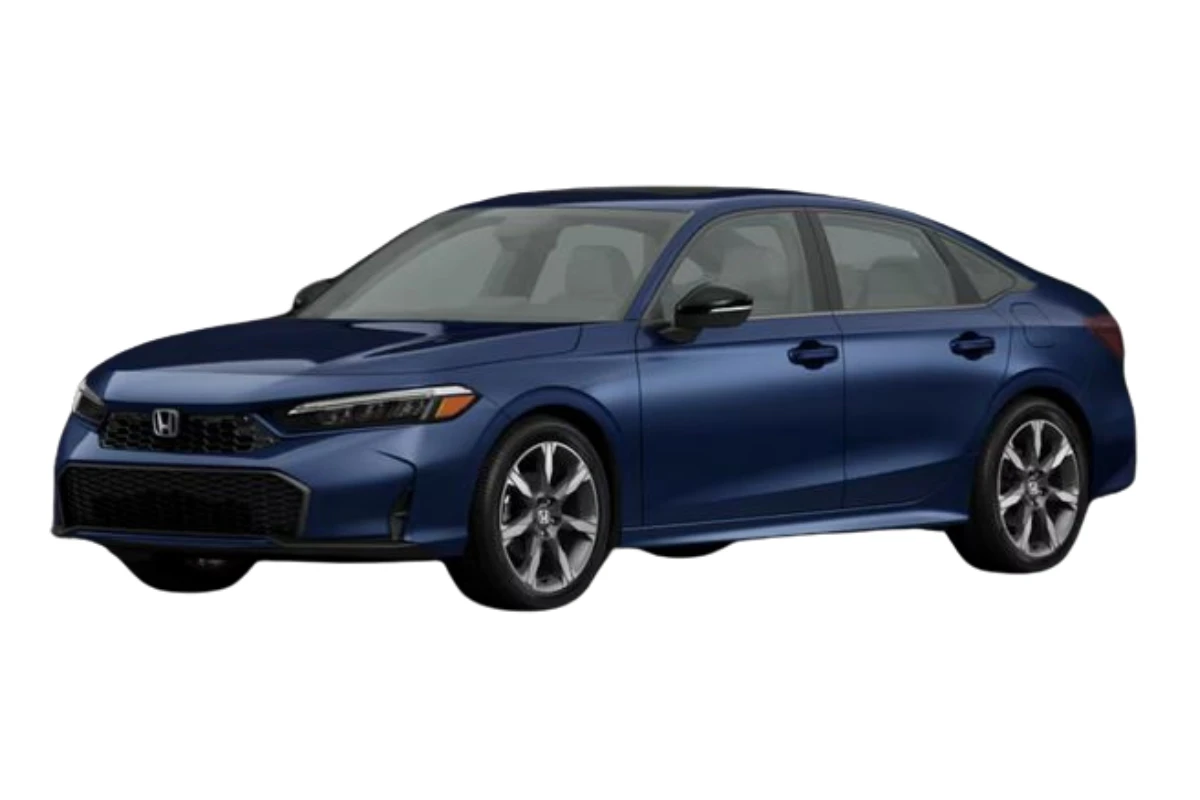
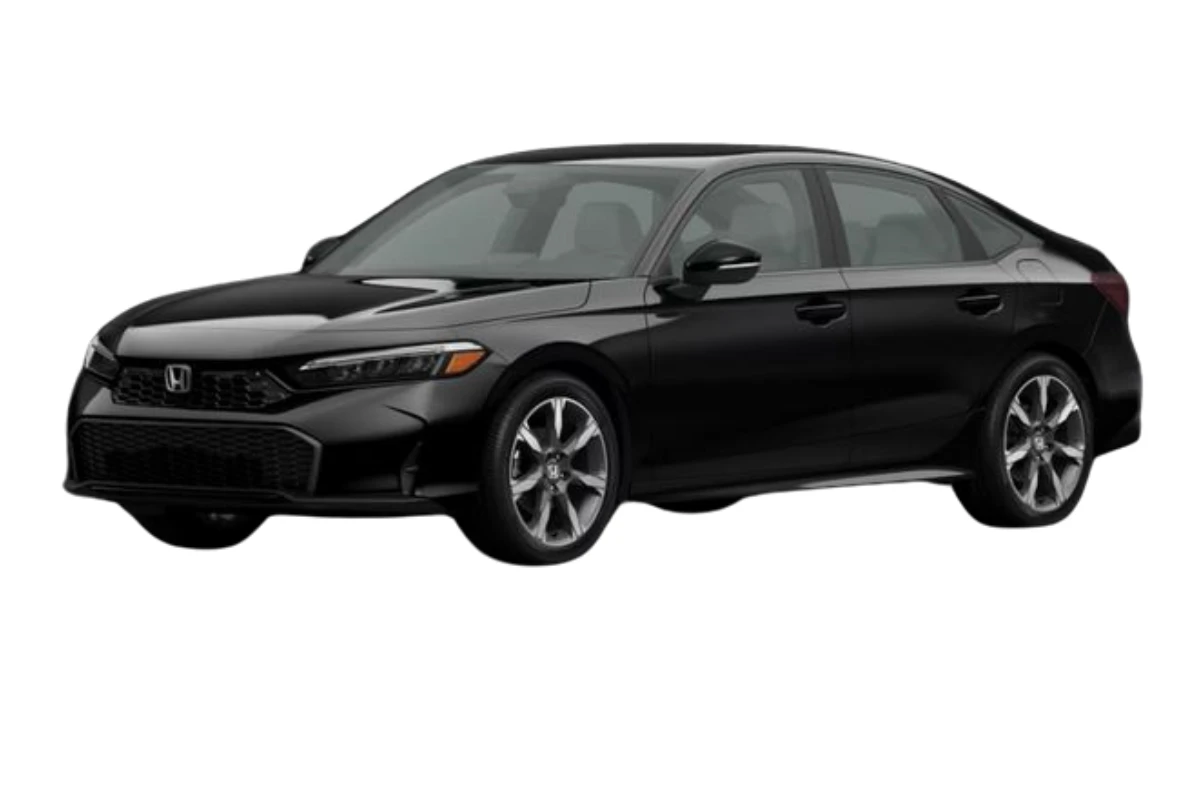
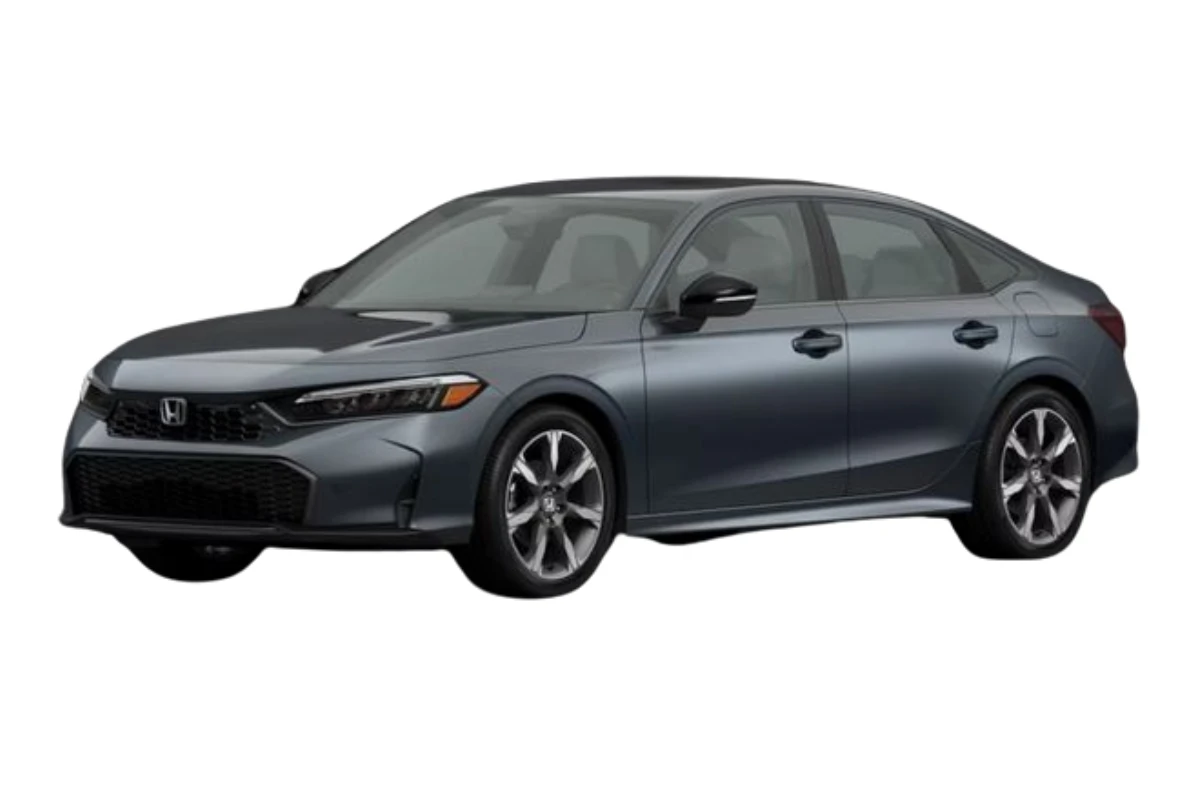

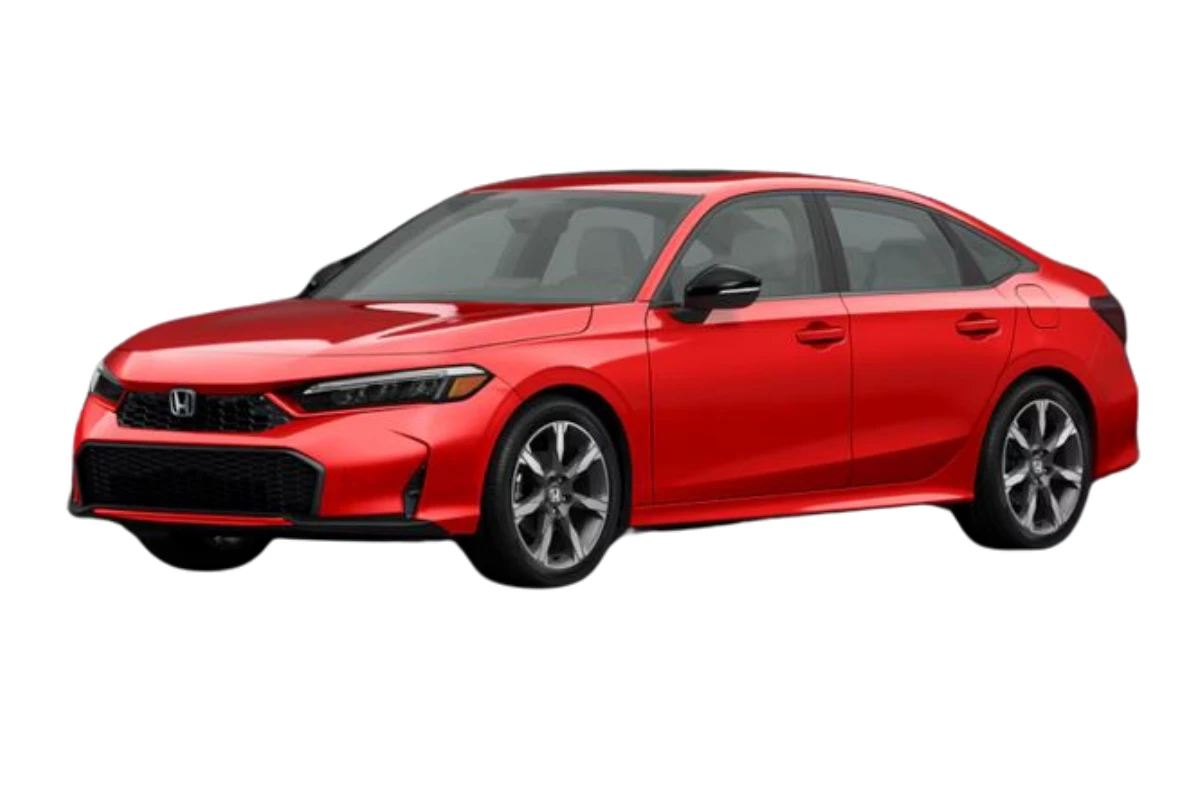


Exterior Dimensions
| Dimension | Civic LX CVT Sedan | Civic Sport CVT Sedan |
|---|---|---|
| Base Price | $25,400 | $27,400 |
| Wheelbase | 107.7 in | 107.7 in |
| Overall Length | 184.8 in | 184.8 in |
| Overall Width (without mirrors) | 70.9 in | 70.9 in |
| Overall Height | 55.7 in | 55.7 in |
| Front Track Width | 60.9 in | 60.5 in |
| Rear Track Width | 62.0 in | 61.6 in |
Interior Dimensions
| Dimension | Civic LX CVT Sedan | Civic Sport CVT Sedan |
|---|---|---|
| Passenger Capacity | 5 | 5 |
| Total Passenger Volume | 99.0 cu ft | 99.0 cu ft |
| Front Head Room | 39.3 in | 39.3 in |
| Front Leg Room | 42.3 in | 42.3 in |
| Front Shoulder Room | 57.0 in | 57.0 in |
| Front Hip Room | 54.3 in | 54.3 in |
| Rear Head Room | 37.1 in | 37.1 in |
| Rear Leg Room | 37.4 in | 37.4 in |
| Rear Shoulder Room | 56.0 in | 56.0 in |
| Rear Hip Room | 48.9 in | 48.9 in |
Cargo Dimensions
| Dimension | Civic LX CVT Sedan | Civic Sport CVT Sedan |
|---|---|---|
| Trunk Space | 14.8 cu ft | 14.8 cu ft |
Weight & Capacity
| Dimension | Civic LX CVT Sedan | Civic Sport CVT Sedan |
|---|---|---|
| Base Curb Weight | 2,875 lbs | 2,926 lbs |
| Fuel Tank Capacity | 12.4 gal | 12.4 gal |
Wheels & Tires
| Dimension | Civic LX CVT Sedan | Civic Sport CVT Sedan |
|---|---|---|
| Front Wheel Size | 16 x 7 in | 18 x 8 in |
| Rear Wheel Size | 16 x 7 in | 18 x 8 in |
| Front Tire Size | P215/55HR16 | P235/40WR18 |
| Rear Tire Size | P215/55HR16 | P235/40WR18 |
| Spare Wheel Size | Compact | Compact |
| Spare Wheel Material | Steel | Steel |
| Spare Tire Size | Compact | Compact |
Turning & Maneuverability
| Dimension | Civic LX CVT Sedan | Civic Sport CVT Sedan |
|---|---|---|
| Turning Diameter (curb to curb) | 36.1 ft | 38.1 ft |
| Steering Type | Rack-Pinion | Rack-Pinion |
2025 Honda Civic Hybrid Overview:
The 2025 Honda Civic Hybrid is back, and it’s bringing electrification to Honda’s compact sedan lineup after quite a break. You can choose from two well-equipped trim levels: the Hybrid Sport, which starts at $29,845, and the Hybrid Sport Touring at $32,845. This new model takes the place of the older 1.5L turbocharged engine option, making it the top powertrain choice in the Civic family. Sure, the $3,000 difference between the trims is a pretty big leap, but as we dig deeper in this review, you might find that the extra features are well worth it for those who want the latest in tech and comfort.
Now, let’s talk about competition. The hybrid sedan market is getting crowded, and there are some great options out there. The Toyota Corolla Hybrid kicks things off at a more budget-friendly price of about $25,000 and has the unique perk of available all-wheel drive. But it does have a few downsides—like only 138 horsepower and a bit less space inside compared to the Civic. Then there’s the Hyundai Elantra Hybrid, starting around $28,000. It offers a similar fuel economy with 139 horsepower but doesn’t quite match the Civic’s driving enjoyment and overall quality. And don’t forget about the redesigned Prius from Toyota, which starts at around $32,000. It has its own eye-catching look and comparable efficiency but lacks the fun driving experience that makes the Civic stand out. If you’re looking for something larger, the Toyota Camry Hybrid provides more room at a similar price to the Civic Hybrid Sport Touring, while Honda’s Accord Hybrid offers even more premium features and space but comes with a hefty price tag starting around $37,000.
What makes the 2025 Civic Hybrid shine in this crowded field is its no-compromise approach. Many hybrids sacrifice driving pleasure for the sake of efficiency, but the Civic Hybrid strikes a nice balance. You get that instant torque from the electric motor for quick acceleration, and the finely-tuned chassis keeps that engaging handling that Civics are known for. So, this blend of efficiency and fun? It really makes the Civic Hybrid a standout choice right now.
The 2025 update has brought some tasteful changes to the Civic’s look, with new front and rear styling that gives it a more polished vibe. Inside, the cabin keeps the sleek, horizontal design of the 11th generation but adds some classy touches, like the unique honeycomb mesh across the dashboard. You can tell that Honda’s engineers have put thought into making the driving experience both refined and engaging.
For anyone thinking about moving from a regular gas car to a hybrid, the Civic makes a strong argument. With fuel economy ratings of 50 MPG in the city and 47 MPG on the highway, it can save you quite a bit at the gas station, and you won’t have to deal with all the adjustments or infrastructure issues that come with fully electric vehicles. This perfect mix of efficiency, performance, and practicality makes the 2025 Civic Hybrid a fantastic entry point into the world of electrified driving for many folks.
Engine Options and Performance Specs:
The 2025 Honda Civic Hybrid stands out thanks to its impressive powertrain. It’s got this 2.0L four-cylinder Atkinson-cycle engine, paired with Honda’s latest, fourth-generation two-motor hybrid system. And you know what? This isn’t just a tweak of an old engine; it’s a brand-new K20C9 powerplant, specifically designed for hybrids. So, what does it deliver? Well, the engine cranks out 141 horsepower at 6,000 RPM and 134 lb-ft of torque at 4,500 RPM, but the real fun begins when it teams up with the electric motor. That motor kicks in an extra 181 horsepower from 5,000 to 6,000 RPM and a hefty 232 lb-ft of torque from 0 to 2,000 RPM. Put it all together, and you’re looking at a total of 200 horsepower and 232 lb-ft of torque. That’s impressive and puts the Civic Hybrid right in line with the sportier Civic Si in horsepower, but with way more torque.
The transmission is a big step up from the usual continuously variable transmissions (CVTs). Honda calls it an “e-CVT,” or electronic continuously variable transmission, but honestly, it’s not just your standard belt-driven CVT. Instead, it uses a direct-drive system, meaning the electric motor powers the wheels directly through a fixed-ratio gearbox. This setup includes a high-speed lockup clutch and a 3.4:1 final drive ratio, which means you get that immediate response you want without the annoying “rubber band” feel you often find in other CVTs. One cool thing we noticed during testing was how it simulates gear shifts, making the driving experience feel natural, almost like a regular automatic transmission, even though there aren’t any physical gear changes happening.
When it comes to performance, this powertrain doesn’t disappoint. It can zoom from 0 to 60 mph in about 6 seconds—that’s a solid improvement over standard Civic models and many other hybrids out there. The top speed is electronically capped at 114 mph, but honestly, what’s more important is how the powertrain delivers its power. The electric motor’s instant torque means you get some serious off-the-line acceleration and great passing power, which makes the Civic Hybrid feel way more peppy than you might expect from a hybrid. When you’re merging onto the highway or trying to overtake someone, the powertrain offers smooth acceleration without the drastic downshifting or engine strain that’s common in regular compact cars.
Both the Hybrid Sport and Hybrid Sport Touring trims come with a variety of driving modes, which you can switch between using a toggle on the center console. These modes include Normal, Econ, Sport, and Individual. Each one tweaks things like throttle response, steering effort, and simulated shift points to give you a unique driving experience. In Sport mode, the throttle gets super responsive, the steering feels just right, and those simulated gear shifts happen at higher RPMs, making for a genuinely fun driving experience that you don’t often find in hybrids. Plus, in Individual mode, you can tailor those settings to fit your style, which is usually something you’d see in more upscale vehicles.
What really stands out about this powertrain, though, is how refined it is. Switching between electric and gasoline power is nearly seamless—no shuddering or hesitation, which was a big issue in earlier hybrids. When you’re cruising at low speeds or just easing on the throttle, the Civic can run on pure electric mode, offering quiet and smooth driving, perfect for parking lots or stop-and-go traffic. And when the gasoline engine kicks in, it does so without any fuss, keeping the cabin super quiet. This sophistication translates to power delivery that’s steady and reliable, no matter the battery state or driving conditions.
Closer Look at the Civic Hybrid Brakes:
The 2025 Honda Civic Hybrid comes with this pretty cool regenerative braking system that brings together traditional friction brakes and energy recovery, all aimed at boosting efficiency and extending the range. So, up front, you’ve got single-piston calipers paired with 282mm (that’s 11.1 inches) rotors, and in the back, there are slightly smaller single-piston calipers with 259mm (or 10.2 inches) rotors. It’s a solid setup that makes the braking experience feel natural and smooth, even though it has to juggle both slowing down the car and reclaiming energy.
Now, one of the standout features of the Civic Hybrid’s braking system is the adjustable regenerative braking, which you can control using paddle shifters located right behind the steering wheel. And here’s the thing—unlike those paddle shifters in regular cars that just switch gears, these let you tweak the regenerative braking effect, either cranking it up or dialing it down. You’ve got three different levels to play with, so when you pull the left paddle, it boosts the braking force, and pulling the right paddle eases it off. This not only helps in maximizing energy recovery but also makes driving a bit more engaging, which is something many hybrids lack. We found this feature super handy during our tests—like, when stuck in stop-and-go traffic, cranking up the regeneration really helped, and on the highway, you could tone it down for a more familiar driving experience.
And get this—the way the Civic Hybrid transitions between regenerative and friction braking is really impressive. It tackles that annoying issue many hybrids have where the brake pedal can feel kind of off. Even when you hit the brakes hard, it still feels smooth and natural, giving great feedback through the pedal. Emergency stops? No problem. The car stays stable, and the ABS kicks in smoothly when it needs to. When we tested it, the braking distance from 60 to 0 mph was remarkable for a car in this category—barely any fade after a bunch of hard stops.
Now, if you go for the Sport Touring trim, you get this nifty safety feature called low-speed braking control. It can automatically apply the brakes if it senses an impending collision when you’re moving at parking lot speeds. That’s not available on the base Hybrid Sport, so it’s a nice little bonus for extra peace of mind, especially in tight spots. Plus, both trims come with an electronic parking brake that has an automatic brake hold function, which is super useful in heavy traffic. You can just take your foot off the brake during long stops without worrying about the car creeping forward.
Unlike some rivals that let you do one-pedal driving, the Civic Hybrid doesn’t quite go that route. Instead, it sticks to a more traditional driving vibe while still being efficient. This might actually work better for folks moving over from standard cars who might find the one-pedal thing a bit confusing at first. Also, the regenerative braking system has an electronic brake booster tucked away under the wiper cowl, which helps with the pedal feel while still allowing energy recovery when you slow down.
Steering and Suspension Performance on Various Terrains:

The 2025 Honda Civic Hybrid nails it when it comes to steering and suspension—it’s like a textbook example of how to balance comfort, efficiency, and that good old driving excitement. You see, this car features a variable-ratio steering rack that gives you precise feedback, making that driver-to-road connection something special. It’s getting harder to find that in today’s cars, especially hybrids. And the steering? Well, it’s just right—light enough for those tight parking maneuvers but weights up nicely as you speed along. If you opt for the Hybrid Sport or Sport Touring trims, you can even tweak the steering effort using the drive mode selector. In Sport mode, it adds a nice heft that boosts your sense of control when you’re feeling a bit more spirited behind the wheel.
Now, let’s talk about suspension. Up front, it uses a MacPherson strut setup, complete with cast aluminum knuckles and stamped steel lower control arms that have removable ball joint sections—makes servicing a breeze. This design focuses on both ride quality and precision handling, and the aluminum parts help keep the unsprung weight down, which is a win for responsiveness. The rear suspension? It’s a standout feature, sporting a multi-link setup that’s a big step up from competitors like the Mazda3, which sticks to a simpler torsion beam design. This sophisticated rear end plays a huge role in how composed the Civic Hybrid feels while driving, ensuring the rear wheels stay in touch with the road, even when the pavement isn’t so friendly.
Both the front and rear suspensions are paired with fixed-rate KYB dampers that strike a nice balance between comfort and control. Unlike some rivals that go for a softer ride at the expense of handling, the Civic Hybrid keeps its composure during cornering while also soaking up those pesky road imperfections. The front anti-sway bar is about 26mm, and the rear one is around 18mm—just the right size to manage roll without sacrificing ride quality. You can see this thoughtful tuning in how the car handles those transitions between compression and rebound, staying steady even when you hit mid-corner bumps or uneven surfaces.
The handling? It’s impressive, especially thanks to the car’s rigid chassis. Even though it carries a bit more weight from the hybrid components—around 300 pounds more than the standard non-hybrid models—the Civic Hybrid still balances out nicely with a 62/38 front-to-rear weight distribution. This setup helps the car turn responsively and stay stable through corners, and the low placement of the battery actually lowers the center of gravity, which just enhances that stability. During our testing, the Civic Hybrid showed remarkable poise on winding roads, with hardly any understeer, even when pushed to the limit.
What stands out about the Civic Hybrid’s suspension tuning is how it pulls off engaging handling without sacrificing comfort. The ride is smooth over all kinds of surfaces, filtering out those harsh bumps while still giving you the feedback you need. Road noise? It’s kept to a minimum, especially in the Sport Touring trim, which adds more sound insulation compared to the base Hybrid Sport. This attention to detail even shines through at high speeds, where the Civic Hybrid tracks confidently on the highway, needing only minor steering corrections. This really cuts down on driver fatigue during long trips while still keeping that connected feel that makes the Civic so appealing.
Tires and Traction:
This car comes with some well-thought-out tires that really help it strike a great balance between efficiency, comfort, and how it handles on the road. Both the Hybrid Sport and the Hybrid Sport Touring trims have 18-inch wheels fitted with 235/40R18 all-season tires. Now, you might think 18 inches is a bit modest compared to the 19 or 20-inch wheels that some cars flaunt, but here’s the deal: that size actually helps with fuel efficiency by cutting down on rotational mass and unsprung weight. Plus, the slightly taller sidewall gives you a better cushion against those pesky road imperfections.
Now, if you look at the Sport Touring model, it stands out with its 18×8-inch alloy wheels. They have this cool two-tone design—a satin gray finish with some machined accents that make it pop, especially when you compare it to the all-black wheels on the Hybrid Sport. Both sets of wheels are made from die-cast alloy, which is a smart choice since it balances strength and weight nicely. The positive 50mm offset is also a thoughtful touch, ensuring the wheels fit just right in the wheel wells without messing up the suspension geometry. Honestly, when we checked them out, we thought they were the perfect size—visually appealing and not too big, so they don’t mess with the ride quality.
Moving on to the tires, the Goodyear Assurance Finesse all-season tires that come standard on both trims do a great job year-round while keeping fuel efficiency in mind. They’ve got a tread pattern that’s designed to reduce rolling resistance, which is super important for reaching those impressive fuel numbers—50 MPG in the city and 47 MPG on the highway! But don’t let the focus on efficiency fool you; these tires actually grip quite well in different conditions. Drivers can enjoy the Civic’s nimble handling without the constant struggle for traction. In the rain, they provide a solid grip and predictable braking, and when it’s dry, they perform better than you’d expect from eco-friendly tires.
One thing you’ll notice is that tire noise is well-managed, which boosts the refined feel of the Civic Hybrid’s cabin. The way these tires isolate road noise fits in perfectly with the car’s overall control of noise, vibration, and harshness. You might even feel like you’re in a more upscale ride than the price tag suggests! At highway speeds, where tire noise can often be a problem in this class of vehicles, it’s surprisingly quiet.
If you’re thinking about swapping out the tires or making seasonal changes, keep in mind that the Civic Hybrid’s regenerative braking system can adapt to different compounds and tread patterns. But to keep that stellar fuel economy intact, it’s smart to stick with tires that have similar rolling resistance to the factory ones. And if you live in an area where snow and ice are common, winter tire options in this size are definitely available. Still, for most folks, all-season tires are more than enough for those occasional light winter conditions.
Inside the Civic Hybrid:




The inside of the 2025 Honda Civic Hybrid shows off some smart design choices, blending modern looks with practical use. You can’t miss the unique honeycomb mesh accent that runs across the dashboard—it cleverly hides the air vents while giving the whole space a unified, architectural vibe. This feature, which is consistent across the Civic models, really ups the game for what you’d expect in a compact sedan. And that clean, horizontal layout? It makes the cabin feel wider and more open, which is pretty impressive considering the car’s overall size.
When it comes to materials, wow, they’ve done a great job! Soft-touch surfaces are everywhere, making sure that key areas feel nice to the touch, while some premium accents are thoughtfully placed to enhance the overall atmosphere. Now, the Sport Touring trim really shines here with its elegant two-tone color scheme—it’s a first for the Civic! Light gray seats pop against the darker parts of the interior, adding a nice splash of style without making the space feel too dark or cramped. And, the piano black trim? Smart choice! It’s placed in spots where it won’t pick up fingerprints too easily, which is a nice touch, given how tricky that finish can be.
Now, looking at the instrument panel, there’s a noticeable difference between the two trim levels. The base Hybrid Sport has a 7-inch digital driver display with analog gauges on the side—super easy to read and gives off a classic vibe. But if you step up to the Sport Touring, you get this fully digital 10.2-inch cluster that’s customizable and gives you a deeper look into how the hybrid system works, like showing power flow and energy use. Both designs focus on clarity and organization, putting key info right where the driver can see it. Plus, the digital displays change based on the drive mode you select, which is pretty cool and connects you to how the car is set up.
Honda’s really nailed it with the center stack design too, blending digital tech with good old-fashioned controls. The infotainment screen—7 inches on the Hybrid Sport and 9 inches on the Sport Touring—sits right on the dashboard like a tablet, making it easy to glance at while driving. Below that, you’ve got physical knobs and buttons for climate control, which is handy because you can adjust things without taking your eyes off the road. The center console keeps that thoughtful vibe going with clearly labeled drive mode selectors, electronic parking brake controls, and handy storage spots, including a wireless charging pad in the Sport Touring model.
As for the seating, each trim has its own vibe. The Hybrid Sport comes with a mix of cloth and leatherette, while the Sport Touring steps it up with perforated leather seats. Both have unique patterns and contrasting stitching that add visual flair without being overwhelming. The light gray leather in the Sport Touring is particularly eye-catching, offering great support and comfort, whether you’re zipping around town or on a long drive. Both trims come with heated front seats, but honestly, adding ventilation to the Sport Touring would elevate it, given its upscale nature.
About those little details that really matter—like the metallic-finish air vent controls, the leather-wrapped steering wheel with neat stitching, and those illuminated USB-C ports. The ambient lighting? Just right, giving enough glow for night driving without distracting reflections. Oh, and there’s this cute little Easter egg: a tiny embossed image of the first-generation Civic on the rubber mat in the center console storage area. It’s a sweet nod to the Civic’s long history that any Honda fan would totally appreciate!
Exterior Design Impressions:

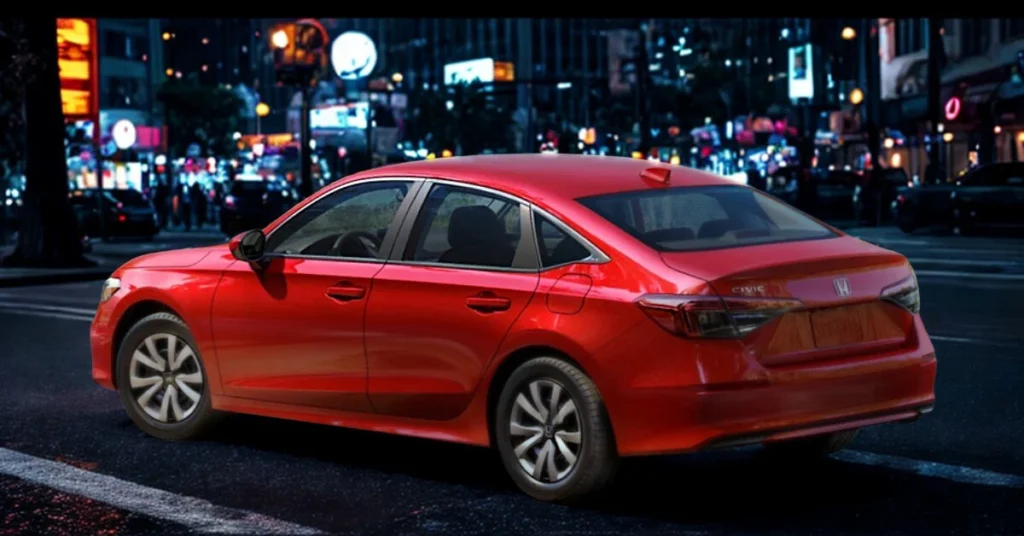
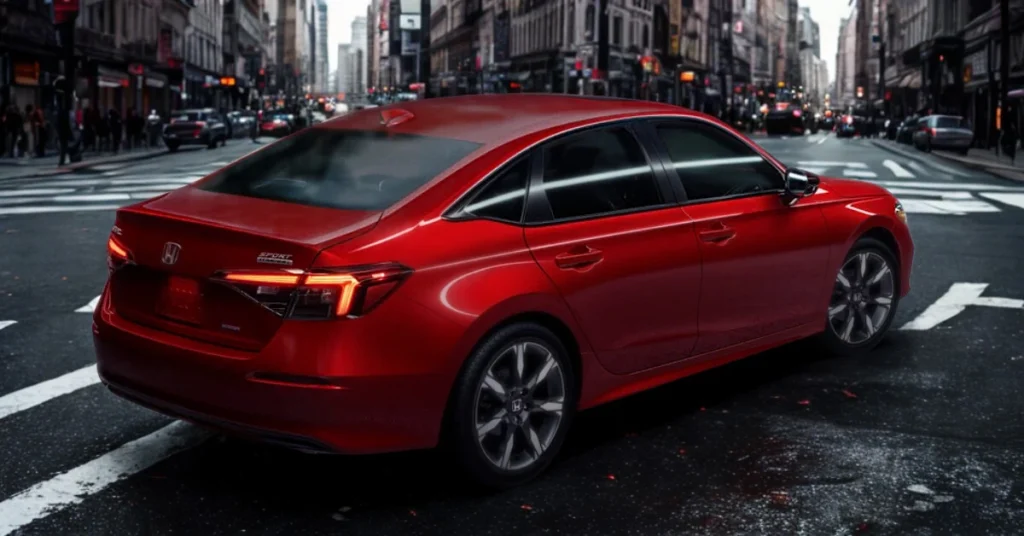
Honestly, the 2025 Honda Civic Hybrid’s exterior design shows a smart evolution of Honda’s style, focusing on clean lines and proportions without going overboard on flashy details. You know, the long hood, low cowl, and that gently sloping roofline? They all come together to create a sleek and sophisticated look—definitely feels more upscale than earlier Civic models. This year’s refresh gives a nice little update to the already good-looking 11th-generation Civic, especially the hybrid versions, which have their own unique touches that hint at their electric nature. But they don’t go too far into that futuristic territory that might put off some traditional buyers.
Now, when it comes to the front end, there’s been some tweaking for 2025. The Civic Hybrid sports a unique honeycomb grille that stretches across both the upper and lower parts of the front. The top part has this glossy black finish that pops against the body color, while the lower section opts for a matte black look, which grounds the vehicle visually. Plus, those corner air curtains? They’re not just for show—they actually help with aerodynamics. And hey, LED lighting is standard on both trim levels. The headlights, daytime running lights, and turn signals are all LED, giving off great visibility while also looking pretty modern. Oh, and the turn signals are worth mentioning—they sweep across the front corners, making them super visible to other drivers.
As we move along the side, the Civic Hybrid keeps up that clean, simple design that defines this generation. The greenhouse has a nice curve leading to the C-pillar, giving it a coupe-like feel without sacrificing rear headroom. You’ll find color-matched door handles that sit flush with the body, and the side mirrors have this cool two-tone treatment with glossy black caps, echoing the front grille’s vibe. The Hybrid Sport trim has integrated LED turn signals in the mirrors, which is a nice touch that the base Hybrid Sport doesn’t have. And those side sills? They’re subtly extended to give the car a sportier look while helping with aerodynamics too.
Now, let’s chat about the wheels. There’s a clear distinction between the two trims here. The Hybrid Sport rolls on 18-inch black alloy wheels, while the Hybrid Sport Touring has a more intricate two-tone design in silver and shark gray, but both have the same size. They fill the wheel arches nicely, striking a balance between looking good and being efficient—because let’s be real, bigger wheels might look cooler but would hurt those fuel economy numbers. The tires are 235/40R18, which gives a nice mix of style and comfort when driving.
At the back, the clean and horizontal theme continues with wide LED taillights that stretch almost all the way across, creating a unique light signature at night. The 2025 update also brings smoked lens treatments for these lights, adding a subtle, sporty flair. Interestingly, though, the reverse lights still use incandescent bulbs—kind of a throwback in an otherwise modern design. The rear bumper has a body-colored diffuser element with a touch of matte black trim that ties back to the front, keeping everything cohesive. The Hybrid and Sport Touring badges are placed nicely without cluttering the design, and there’s this small integrated trunk lip spoiler that adds a sporty touch. The exhaust? It’s pretty discreet, just a single visible tip, showing off the hybrid’s performance capabilities while keeping a refined look.
You’ve got some attractive color options for the 2025 Civic Hybrid too—Urban Gray, Meteor Gray, and that eye-catching Boost Blue are definitely standouts. The metallic and pearl finishes bring out the depth in the carefully designed exterior, with light reflecting off those subtle character lines in a way that you’ll appreciate up close. Sure, some might find the design a bit conservative compared to more aggressively styled competitors, but honestly, this understated approach gives it a timeless look that should age pretty well throughout the ownership.
Comfort and Convenience Features
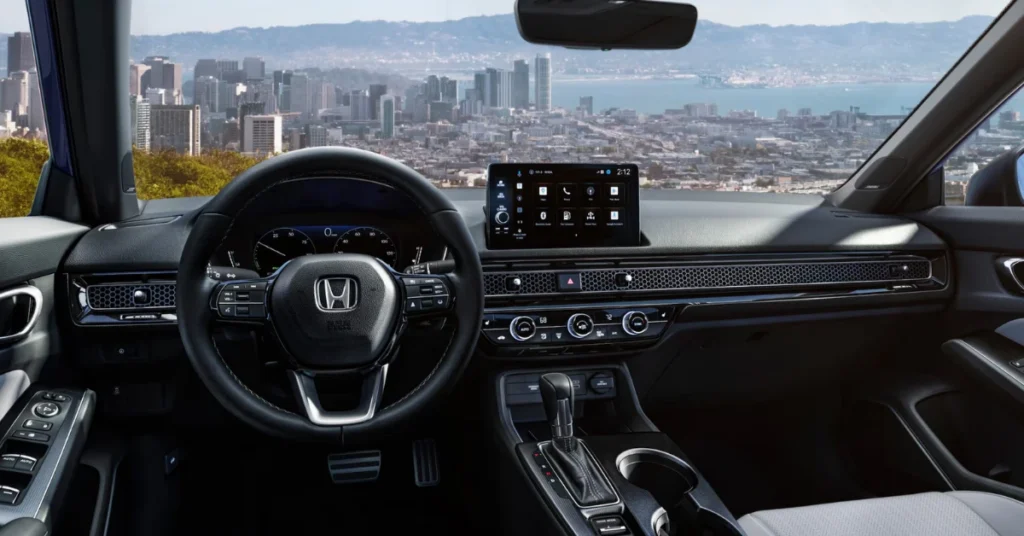

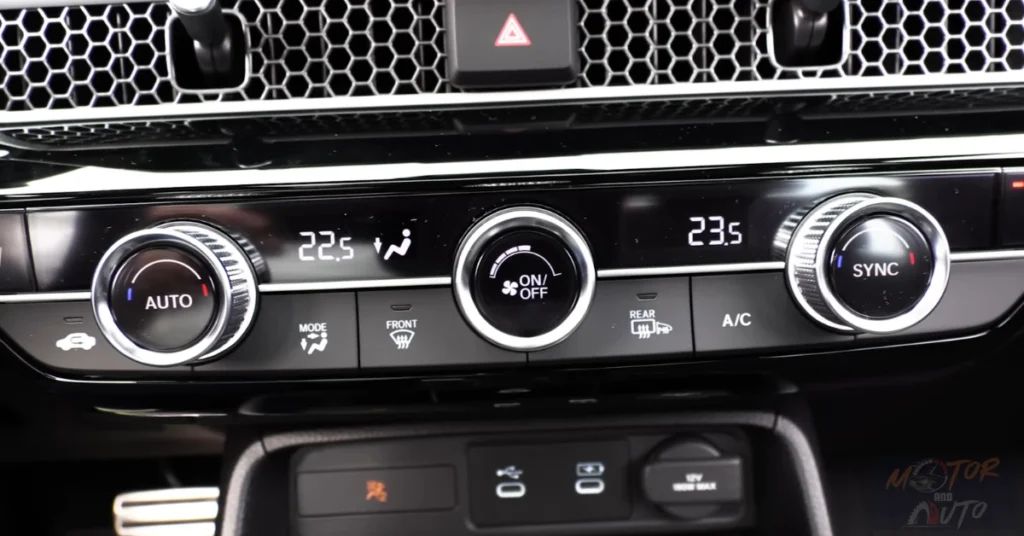
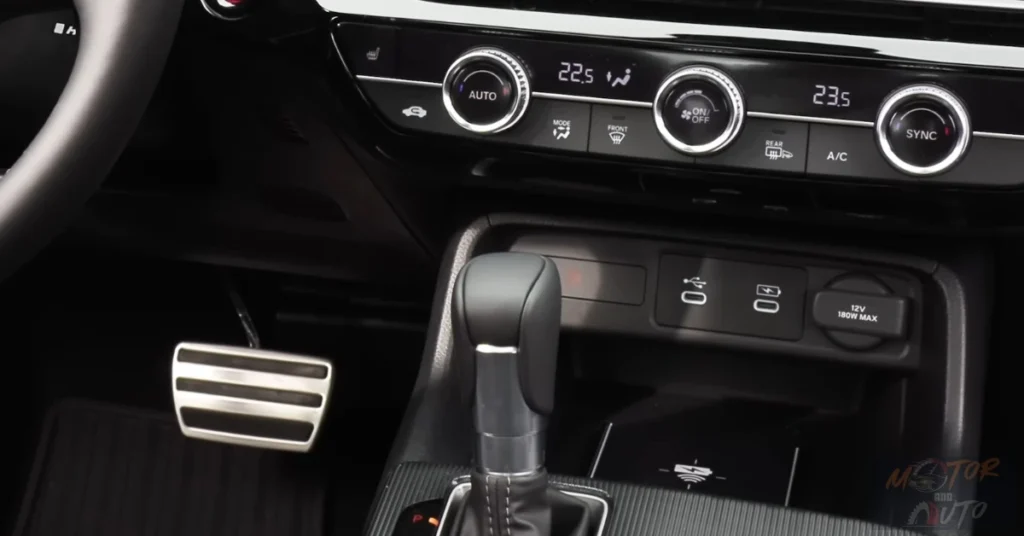
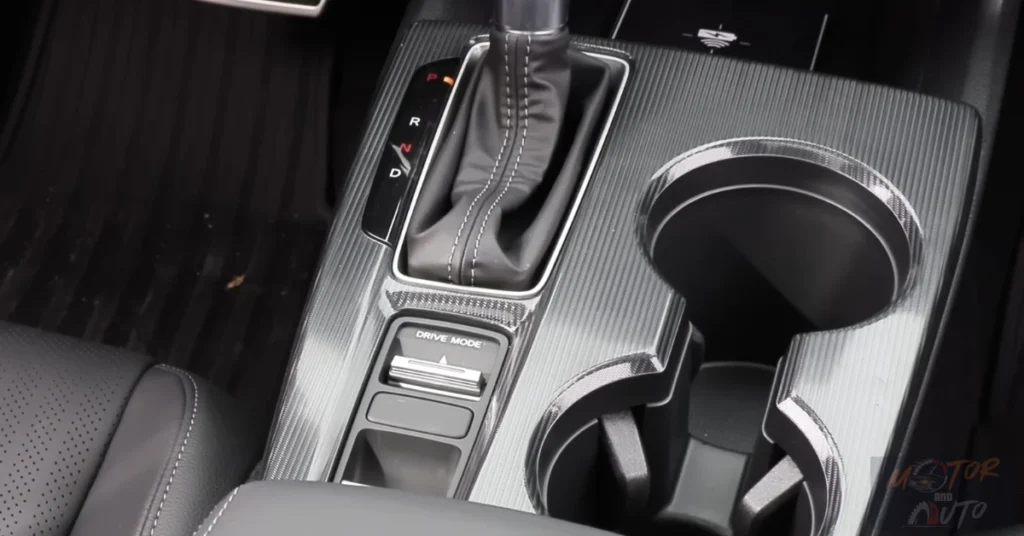
The 2025 Honda Civic Hybrid really ups the game for compact sedans, boasting a solid mix of comfort and convenience features that change quite a bit depending on which of the two available trims you choose. The base model, Hybrid Sport, lays down a good foundation. It comes with heated front seats that you can adjust manually, a cozy heated leather-wrapped steering wheel, dual-zone automatic climate control, and a standard-sized power moonroof with a manual sunshade. Together, these features create a warm and inviting atmosphere that feels a lot fancier than what you’d typically find in other base models. And let’s not forget the climate control system—it’s got physical buttons and knobs that just feel nice to use, letting you adjust things without taking your eyes off the road.
Now, if you decide to go for the Sport Touring trim, you’ll notice some significant upgrades in the comfort department. For starters, the front seats become power-adjustable—8-way for the driver and 4-way for the passenger. The driver’s seat is super adjustable, but it’s a little surprising that this high-end trim doesn’t come with memory settings. That’s something many families with different drivers might find handy. Speaking of surprises, the passenger seat can move back and forth and tilt, but it doesn’t have height adjustment. You’d think that would be a given at this price point. Both front seats are wrapped in nice perforated leather with some stylish contrast stitching, providing way better support and comfort compared to the cloth and leatherette mix found in the Hybrid Sport. They’re especially good at keeping you snug during cornering without feeling too constricting for everyday drives.
When it comes to storage, Honda really shows they’ve thought about everyday needs. The center console is pretty versatile—it has a wireless charging pad (only in Sport Touring), two USB-C ports, and a classic 12V outlet for all your charging needs. The door pockets are decent, fitting water bottles and other bits and bobs, and the glovebox has enough room for manuals and essential paperwork. A neat little detail is the small tray in front of the shifter, which is just right for stashing small things like keys or parking cards, keeping them handy.
About the back seats -They’ve got their ups and downs. On the plus side, there’s a ton of space back there—37.4 inches of rear legroom, which is actually 2.5 inches more than what you get in a Toyota Corolla Hybrid. Adults can sit back there pretty comfortably without feeling jammed in, and the flat floor makes it easier for the middle passenger. The cushions are supportive and have a slight recline that just feels natural. But here’s the catch: the heated rear seats in the Sport Touring don’t really make up for the missing rear climate vents, USB ports, or power outlets. That’s a bit of a miss for a car that’s nearing $33,000. So, passengers in the back are reliant on the front climate system and have to depend on those in the front to charge their devices—definitely not ideal for long trips!
Both trims do a great job at keeping things quiet. Honda has put a lot into reducing noise, vibration, and harshness (NVH). There’s plenty of sound insulation, acoustic glass, and smart aerodynamic tuning, making the cabin super quiet, especially at highway speeds—something that many rivals struggle with due to wind and road noise. The hybrid powertrain helps with this too, running nearly silent at low speeds and keeping things refined even when the gas engine kicks in. This quiet space lets the audio systems shine—there’s an 8-speaker setup in the Hybrid Sport, and then in the Sport Touring, you get a premium 12-speaker Bose system that really gives depth and clarity to your playlists.
As for the infotainment, there’s quite a difference between the trims. The Hybrid Sport has a 7-inch touchscreen with wired Apple CarPlay and Android Auto, while the Sport Touring steps it up with a larger 9-inch display that offers wireless connectivity for those smartphone features. Both systems are responsive, but the Sport Touring comes with exclusive Google built-in features (think Maps, Assistant, and access to the Play Store), which is great if you’re into the Google ecosystem. One thing that’s a bit of a letdown across both trims is the lack of satellite radio—Honda seems to be phasing that out despite how much some folks still value it, especially those who travel a lot and need reliable coverage where regular radio or cell service might not cut it.
The digital instrumentation approaches in the two trims reflect their respective positioning in the lineup. The Hybrid Sport’s partial digital cluster provides essential information clearly but with limited customization options. The Sport Touring’s fully digital 10.2-inch display offers multiple configurations and detailed power flow animation that visualizes the operation of the hybrid system in real time, helping drivers optimize their driving style for maximum efficiency. This larger display also integrates turn-by-turn navigation directions when using the built-in Google Maps, keeping critical guidance information directly in the driver’s line of sight. Both systems adapt their appearance based on the selected drive mode, reinforcing the connection between vehicle settings and behavior.
Connected car features in the Sport Touring include the HondaLink® system, which allows owners to remotely lock/unlock doors, check vehicle status, and even send navigation destinations to the vehicle from their smartphone. The remote engine start function, standard on both trims, can be activated either from the key fob or through the HondaLink app on the Sport Touring, allowing the climate control system to precondition the cabin before entering the vehicle. The Sport Touring also adds a wireless charging pad conveniently positioned at the base of the center stack, eliminating the need for cables for compatible devices while still providing multiple USB-C ports for devices that require wired charging. Unlike some competitors, the Civic Hybrid doesn’t offer a head-up display even on the top trim, forcing drivers to glance at the instrument cluster for critical information rather than having it projected onto the windshield.
Safety and Security:
The 2025 Honda Civic Hybrid steps up when it comes to safety. It offers a bunch of standard and available features that are all about keeping passengers safe and helping to avoid accidents. At the heart of this safety setup is the Advanced Compatibility Engineering™ (ACE™) body structure. This clever design uses a network of front frame structures that absorb and redirect crash energy away from where the passengers sit during front-end collisions. Thanks to this, the Civic Hybrid shines in crash tests, earning top marks from various safety organizations. Plus, the use of high-strength steel throughout the chassis helps create a tough safety cage around everyone inside while also making the car handle really well.
Now, both the Hybrid Sport and Hybrid Sport Touring trims come with Honda Sensing® as standard. This includes a whole suite of driver assistance technologies like the Collision Mitigation Braking System™, Road Departure Mitigation System, Adaptive Cruise Control with Low-Speed Follow, and Lane Keeping Assist System. These features work together without being too pushy while you’re driving. What’s nice is that the Civic Hybrid handles these systems in a way that feels natural, supporting the driver’s control instead of taking over. The adaptive cruise control, in particular, is smooth, adjusting to traffic conditions without the jerky stops and starts that you might find in less advanced systems.
If you go for the Hybrid Sport Touring, you get some extra safety perks that aren’t available on the base model. For instance, it has front and rear parking sensors that beep and light up when you’re getting close to something while maneuvering at low speeds. There’s also a rear cross-traffic monitor that gives you a heads-up about cars coming from the sides when you’re backing out of a parking spot. And let’s not forget the low-speed braking control, which can hit the brakes automatically if it senses a potential collision when you’re parking. These features are super handy, especially in busy city areas, where minor fender-benders can end up being a real hassle. The Sport Touring trim also includes an auto-dimming rearview mirror that cuts down on glare from headlights behind you, making night driving a bit easier on the eyes.
Visibility from the driver’s seat? Pretty great, actually. The A-pillars are nice and slim, which helps minimize blind spots, and the overall design gives you a good view of the traffic around you. Both trims come with a multi-angle rearview camera that has dynamic guidelines based on where you’re steering. The image quality is decent but not something to write home about. The Sport Touring’s cross-traffic alert is a nice touch that helps make up for any shortcomings of the camera. And side visibility is good too, thanks to well-placed side mirrors. The Sport Touring even comes with integrated LED turn signals to notify other drivers when you’re changing lanes.
When it comes to passive safety, the Civic Hybrid doesn’t hold back either. It’s loaded with airbags placed throughout the cabin: front, side, and side-curtain airbags all play a role in keeping passengers safe during various types of impacts. The front airbags are designed to deploy with different levels of force depending on how severe the crash is, where the occupants are sitting, and if they’re wearing seatbelts. This helps keep everyone safe while also reducing the chance of injury from the airbags themselves. All seating positions have three-point seatbelts that come with pretensioners and load limiters to keep passengers secure while managing the forces during a crash. For families with little ones, the LATCH (Lower Anchors and Tethers for Children) points are easy to access in the back, making it simpler to install compatible child safety seats.
And hey, let’s not forget the security features. Both trims have an immobilizer system and a security alarm to help prevent theft. The Sport Touring model adds a Smart Entry system with a walk-away auto lock feature, which is pretty cool—it locks the car automatically when you walk a certain distance away. Super handy for those forgetful moments! Plus, both trims come with remote engine start, which means you can warm up or cool down the cabin before you even step inside, and it even heats up the seats and steering wheel on cold days. This feature not only boosts comfort but also helps clear any frost or condensation from the windows before you hit the road. All in all, the Civic Hybrid is packed with thoughtful features that aim to keep you safe and make your driving experience more enjoyable.
On the Road with the Civic Hybrid:
Driving the 2025 Honda Civic Hybrid is one of its standout features. It nails that sweet spot, blending the efficiency you’d expect from a hybrid with the engaging feel that’s always been a Civic trademark. So, when you take off from a stop, the electric motor jumps into action, delivering that immediate torque. No awkward pauses that you might find in some hybrids. This burst of electric power gives the Civic Hybrid a lively vibe, especially in city driving where you often need quick accelerations for merging or zipping through traffic. And as you pick up speed, the gasoline engine kicks in so smoothly that you hardly notice it, keeping the cabin impressively quiet even when you’re pushing the pedal a bit.
Now, let’s talk about how the powertrain performs in different situations. On the highway, it’s all about comfort—minimal noise means you can relax on those longer trips while still enjoying great fuel efficiency. Need to overtake? No problem. The powertrain responds quickly, and the direct-drive transmission offers up power without that annoying rubber-band feeling you sometimes get with traditional CVTs. Oh, and those simulated gear shifts? They really make a difference. They’re fast and smooth, especially in Sport mode, where they’re designed to happen at higher RPMs for that extra thrill.
Handling? Honestly, it goes beyond what you’d expect from a hybrid compact sedan. The steering is precise and gives you a good sense of the road without being harsh. Thanks to the variable-ratio steering rack, it’s light when you’re parking but gets weightier as you speed up, offering more stability. The chassis handles corners like a champ—minimal body roll and quick responses when you’re changing direction. This dynamic ability comes from the well-tuned suspension paired with a strong body structure, making the car feel steady even when you push it a bit. And that multi-link rear suspension? It’s key in keeping those rear wheels in touch with the road while smoothing out bumps that would rattle lesser setups.
Then there’s the regenerative braking system, which plays a big role in the whole driving experience. With paddle shifters, you can easily adjust how much regeneration you want based on your mood or conditions. At the highest setting, the car slows down noticeably as you lift off the accelerator, giving you that engaging one-pedal feel. On the flip side, if you want a more traditional driving experience, the lowest setting lets it coast freely. This adjustability is a nice touch that many hybrids miss, letting you tailor your drive while still keeping it efficient. Plus, the transition between regenerative and friction braking? Super smooth, with none of that awkwardness that can trip up other hybrids.
Now, let’s not forget about the various driving modes. You’ve got options! In Normal mode, it strikes a nice balance between being efficient and responsive for day-to-day driving. Econ mode softens things up a bit, optimizing fuel economy without feeling like you’re driving a slug. And Sport mode? It really amps up the excitement with sharper throttle response and more aggressive shift points that hold those revs longer. If you want to get personal, the Individual mode lets you mix and match these settings to suit your preferences. During our extended test drives, we consistently hit fuel economy numbers at or above the EPA estimates—50 MPG in the city and 47 on the highway, with some careful driving even nudging the city figure close to 60 MPG.
Oh, and the driving position is worth mentioning too. The low cowl and hood give you great forward visibility, while the comfy seats and perfectly positioned steering wheel make long drives a breeze. Controls are easy to reach, so you’re not fumbling around. Road and wind noise? Exceptionally well managed, especially in the Sport Touring version with its extra sound insulation. It creates a refined acoustic space that you wouldn’t expect from a compact sedan. This quietness really lets you appreciate the well-tuned suspension, which handles bumps like a pro while still staying connected to the road—a balance that Honda has always been good at achieving.
Civic Hybrid Rear Seat Comfort
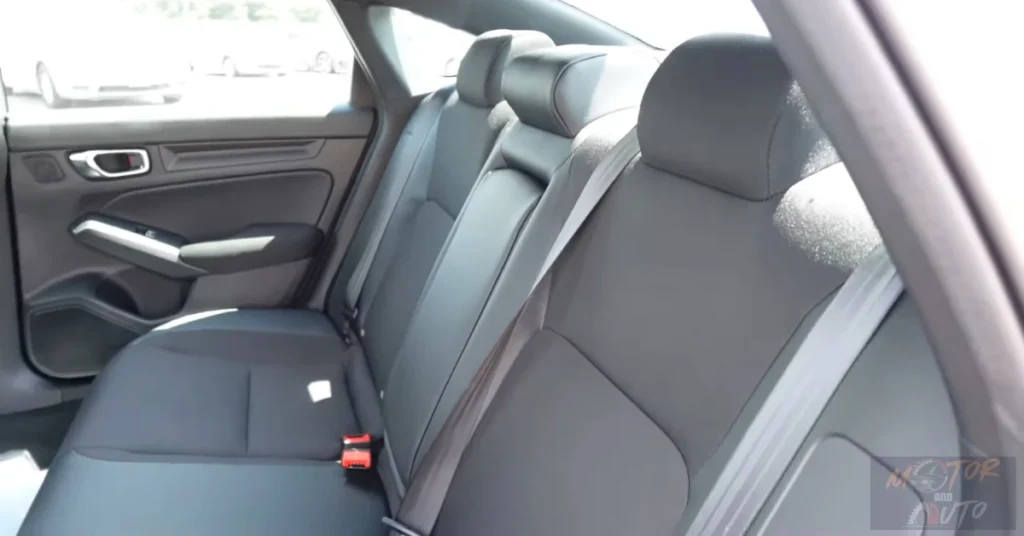
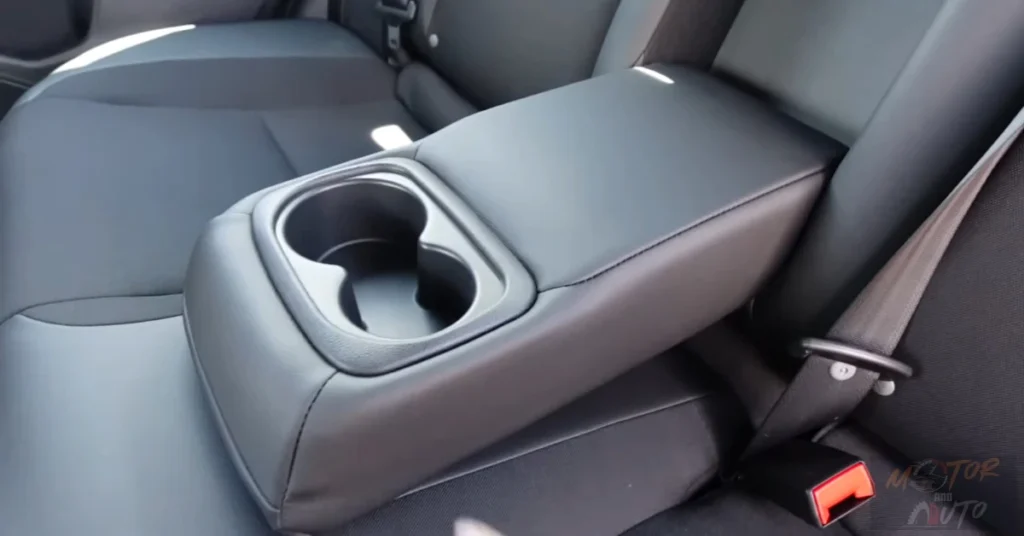
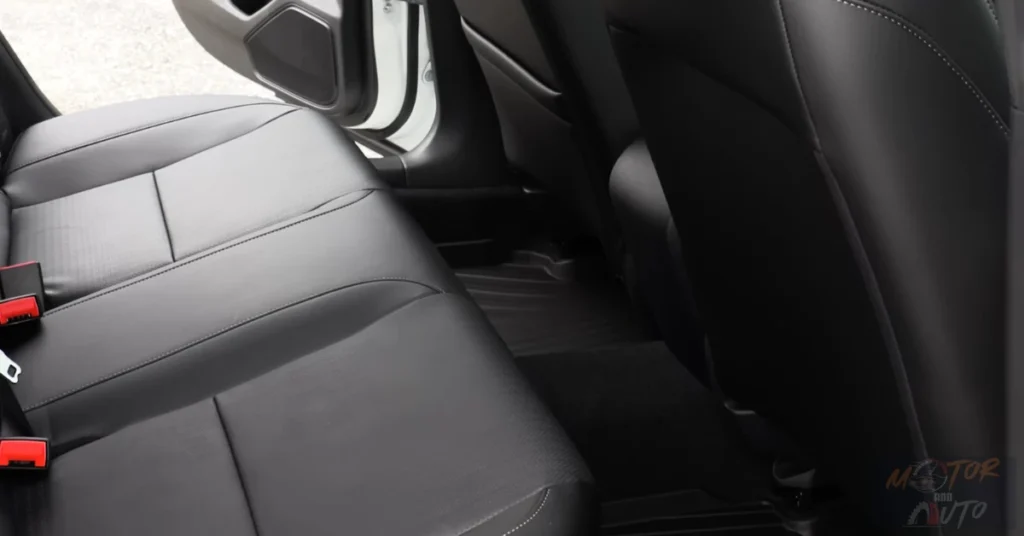
The rear seating area of the 2025 Honda Civic Hybrid is really something to appreciate, especially for a compact sedan. It’s got a generous 37.4 inches of legroom—2.5 inches more than what you’d find in the Toyota Corolla Hybrid—which is great for adult passengers, even on those longer trips. You can feel that extra space right away when you hop into the back; there’s plenty of knee room, even if the folks in front are taller. Plus, the flat floor makes it super comfy, particularly for the middle passenger, who doesn’t have to deal with a bulky transmission tunnel like some other cars.
Now, about the seat comfort in the back—there’s a bit of a difference between the two trim levels. The Hybrid Sport has this nice mix of leatherette and cloth that feels decent enough, while the Sport Touring bumps things up with perforated leather and better bolstering, plus it even has heated seats on the sides. In both trims, the seat backs are angled just right for comfort, giving you a nice reclined position that follows the curve of your spine. As for the center seat, like in many cars this size, it’s a bit firmer with less contour, but hey, it’s still pretty comfy for short rides, thanks to that flat floor and good headroom.
Getting in and out of the rear seats is made easier with wide-opening doors—though if you’re taller, you’ll need to duck a little because of the sloping roofline. Once you’re seated, there’s decent headroom for folks up to about 6 feet tall, and the moonroof doesn’t really take away much from that. The door openings are lower than in some other cars, which is a plus for anyone who might have a bit of trouble getting in and out. Those doors also have armrests at just the right height, nicely padded for comfort during longer drives.
However, there are a couple of areas where the rear compartment could use some improvement, especially considering the Sport Touring model is nearing that $33,000 price tag. The biggest downside? No rear climate vents, so passengers in the back are left relying on the front vents for air. There are no USB ports or 12V outlets back there either, which means if you want to charge your devices, you’ll have to reach up front. It’s a bit surprising, given how well Honda usually thinks about passenger comfort and how much people expect in this price range.
Storage-wise, the back isn’t overflowing with options, but it’s got enough to be functional. The door pockets can hold smaller water bottles and some odds and ends, and there’s a fold-down center armrest with two cupholders for your drinks. That armrest is comfy too, with soft padding that matches the door armrests. Plus, the seatback pockets in the front seats can fit things like tablets, magazines, or small laptops. And hey, there are map lights on the roof console to help you see what you’re doing in the dark, although they’re the old-school incandescent kind instead of the newer LED lights.
On the safety front, they’ve covered the basics well. There are three-point seatbelts in all positions, including the center seat, and you’ll find easily accessible LATCH anchors for child safety seats in the outboard spots. There’s even an extra tether anchor for the middle seat, which is handy if you need to install a car seat there. The fixed headrests in the back help with whiplash protection if something happens, but since they don’t adjust, they might not fit everyone perfectly. And side curtain airbags run the length of the cabin, giving some peace of mind in case of a side impact or rollover.
Bootspace and Practicality
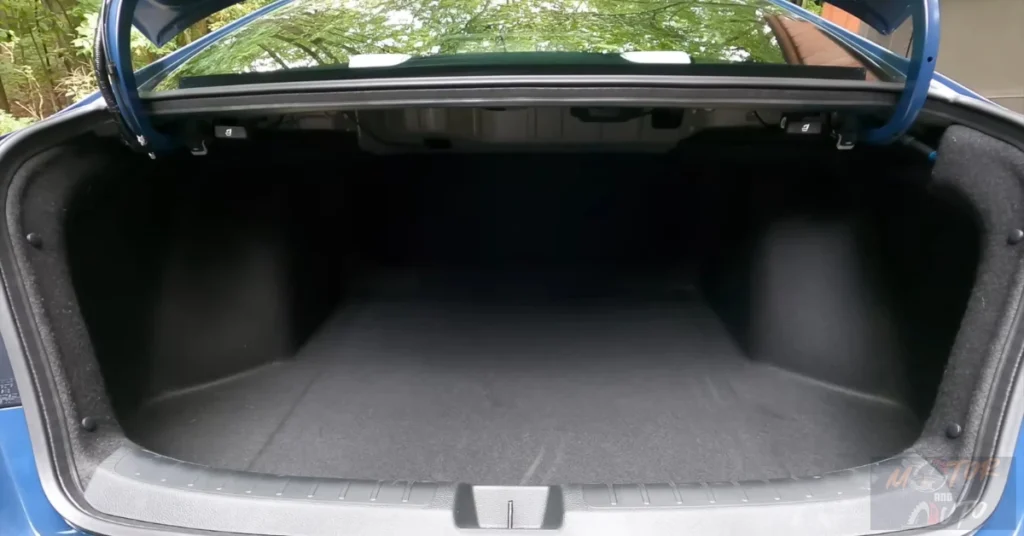
The cargo space in the 2025 Honda Civic Hybrid shows some clever engineering. Even with all those hybrid components, it still keeps things practical. You’ve got about 14.8 cubic feet of trunk space here, which is actually more than what you’ll find in the Toyota Corolla Hybrid. This really tackles that common worry folks have about hybrids: do they have to give up storage for battery packs? Well, Honda’s figured out how to package that lithium-ion battery so it doesn’t intrude much into the trunk area, which keeps the load floor nice and flat.
Getting into the trunk? Super easy! You can pop it open with either the button outside or the lever inside. The opening is wide and tall enough, so loading up larger items won’t feel like a game of Tetris. Once you lift the lid, you’ll see a nicely shaped space that doesn’t get too cramped by wheel wells or hinges. Speaking of hinges, they’re tucked away in protective covers, which is a smart move. This way, when you close the trunk, you won’t accidentally squish your groceries or delicate stuff. Plus, the trunk lid opens high enough for taller folks to avoid bumping their heads, and there’s a handy handle inside for closing it without getting your hands dirty.
Now, on the trunk floor, you’ll find a tough carpet that looks good while protecting the area. Instead of a spare tire, both Hybrid trims come with a tire repair kit tucked away in its own spot. This not only boosts the trunk’s capacity but also helps keep the car lighter for better efficiency. If you really want a spare tire, you can get that through a dealer, but just know it’ll eat into your cargo space a bit. Oh, and in the Sport Touring models with the Bose audio system, there’s a little subwoofer back there too, but it’s placed thoughtfully so it doesn’t take away from the space you can actually use.
One standout feature? The 60/40 split-folding rear seats. When you need more room, these seats fold nearly flat, making it easy to fit in longer stuff. The release handles are conveniently located right in the trunk, letting you fold the seats down without having to run around to the back doors. When they’re down, there’s a nice big pass-through to slide in things like skis or lumber.
The trunk also has some nifty little touches that boost its usefulness. You’ve got bag hooks on the sides to keep your grocery bags from sliding all over the place. There are also bag hooks on the trunk floor that fold flat when not in use so they don’t get in your way when you’re loading bigger items. The trunk lighting, though? It’s an incandescent bulb, not LED – a small miss in an otherwise solid design. And those hydraulic struts on the trunk lid? They make opening and closing it a breeze, needing hardly any effort.
In day-to-day use, you’ll find the trunk can fit multiple full-size suitcases, golf bags, or a big grocery haul without any issues. If you fold down those rear seats, you can even fit in small furniture, bikes (just take off the front wheel), or the aftermath of a big shopping spree. This level of versatility gives the Civic Hybrid an edge over competitors that don’t offer as much cargo space, especially for those who need to haul larger items every now and then but still want great fuel efficiency and a fun driving experience.
The Civic Hybrid Value Proposition: Is It Worth the Price?
The 2025 Honda Civic Hybrid definitely raises some interesting points for anyone thinking about buying a new car. You have to weigh the purchase price against what it’s gonna cost you over time. So, The Hybrid Sport kicks off at about $29,845, while the Sport Touring is at $32,845. That’s quite a jump compared to the non-hybrid Civic lineup, which starts with the LX at $24,250 and the Sport at $26,250. So, yeah, you’re looking at a pretty hefty investment for the hybrid models. The big question for potential buyers is: does that extra cost make sense when you consider the hybrid’s fuel efficiency, performance, and all the bells and whistles?
If we look at the numbers, it all starts with fuel savings. The Civic Hybrid boasts some impressive EPA ratings: 50 MPG in the city and 47 MPG on the highway. In contrast, the standard Civic gets around 33 MPG in the city and 42 MPG on the highway. For someone driving about 15,000 miles a year, split 60/40 between city and highway, that means the hybrid would use roughly 326 gallons of gas annually—compared to about 462 gallons for the non-hybrid. At an average fuel price of $3.50 per gallon, we’re talking about savings of around $476 a year. So, if you consider that $3,500 premium for the Hybrid Sport, you’d be looking at about 7-8 years just to break even on fuel savings. But hold up—this doesn’t even factor in possible tax incentives, better resale value, or the superior driving experience you get with the hybrid’s torque and smoothness.
Now, there’s more to think about when you stack the Civic Hybrid against its rivals. The Toyota Corolla Hybrid starts at about $25,000, which is cheaper, but it doesn’t pack as much power (138 hp vs. 200 hp) and has less room inside and fewer standard features. The Hyundai Elantra Hybrid is closer in price at around $28,000 and offers similar fuel economy, but it can’t match the Civic’s refined ride or upscale interior. And then there’s the Toyota Prius—starting above $32,000—which has decent efficiency and even offers all-wheel drive, but its design isn’t for everyone. So, when you check out these options, the Civic Hybrid starts to look like a better deal, despite that higher sticker price.
When we compare the two Civic Hybrid trims, the Sport Touring’s $3,000 premium comes with some nice upgrades—think leather seats, a 10.2-inch digital instrument cluster, a 9-inch touchscreen that works with your phone wirelessly, and a 12-speaker Bose sound system, plus extra safety features. If you’re all about the latest tech and those luxury touches, that premium might feel worth it. But if you’re mainly after the hybrid’s efficiency and performance without all the luxury extras, the base Hybrid Sport might be a smarter choice. It has the same powertrain and safety features, just at a friendlier price.
Then there’s the maintenance side of things. Hybrids usually have less brake wear, thanks to regenerative braking, so your brake parts can last longer. Plus, the Civic Hybrid uses a simpler direct-drive transmission, which could mean fewer repairs down the line. But, a heads up—insurance for the Civic Hybrid might be pricier than for its non-hybrid siblings or even some other hybrids. Some folks have reported premiums edging close to $2,500 a year, depending on where you live and your driving history. So, that’s definitely something to keep in mind when figuring out your total costs.
Honda has a solid reputation for resale value, and Civics tend to hold their worth pretty well compared to other cars. The hybrid setup might give it an even bigger edge, especially in places where gas prices are high or where people are more eco-conscious. This improved resale value can help counterbalance the higher initial cost when you look at the total cost of ownership over, say, 5-7 years. Plus, Honda’s known for reliability, and their hybrid systems have proven to be durable in past models, which suggests that the Civic Hybrid should keep performing well even after a lot of miles.
But let’s not forget about the benefits that don’t show up in numbers. The Civic Hybrid offers a much smoother driving experience compared to non-hybrid models. You get instant torque and a quiet ride, which gives it a bit of a premium feel, even though it’s in the mainstream market. And just think about the environmental perks—lower emissions fit right in with the growing trend toward sustainability that a lot of consumers care about these days. So, for many folks, these advantages might make the higher price tag feel justified for the overall experience that the hybrid powertrain brings to the table.


